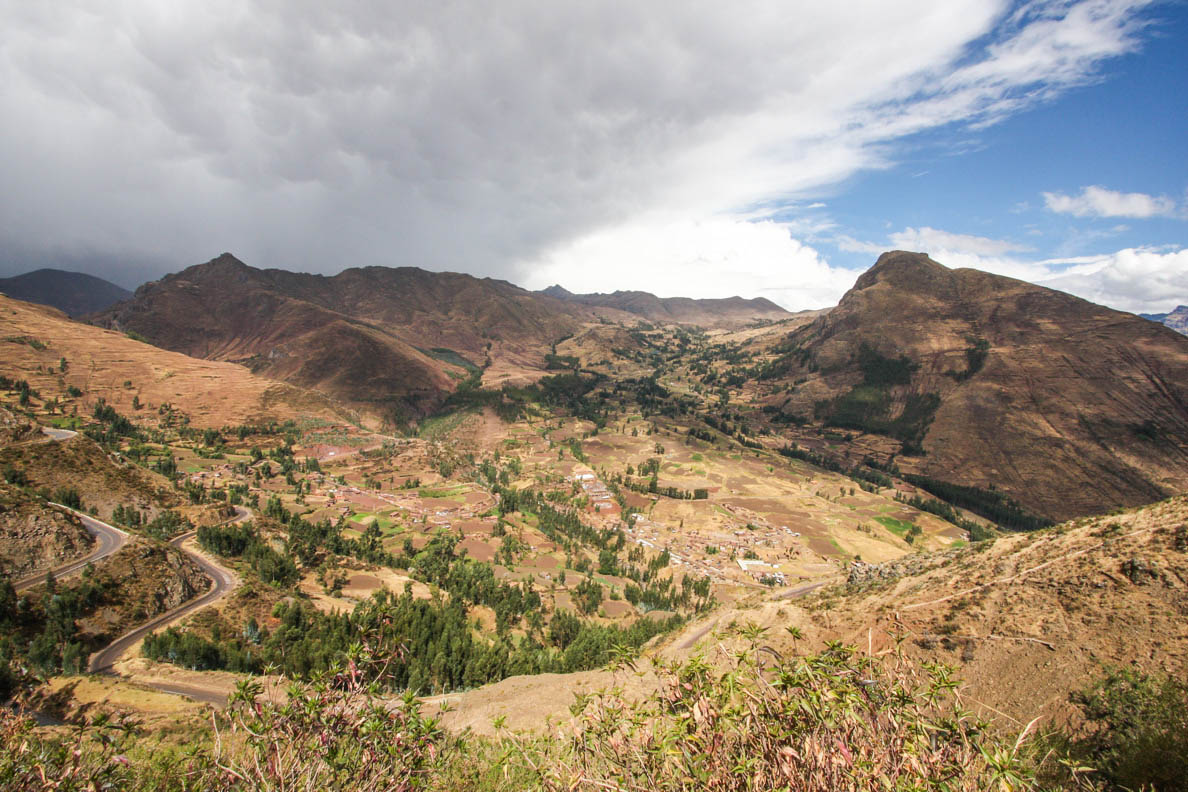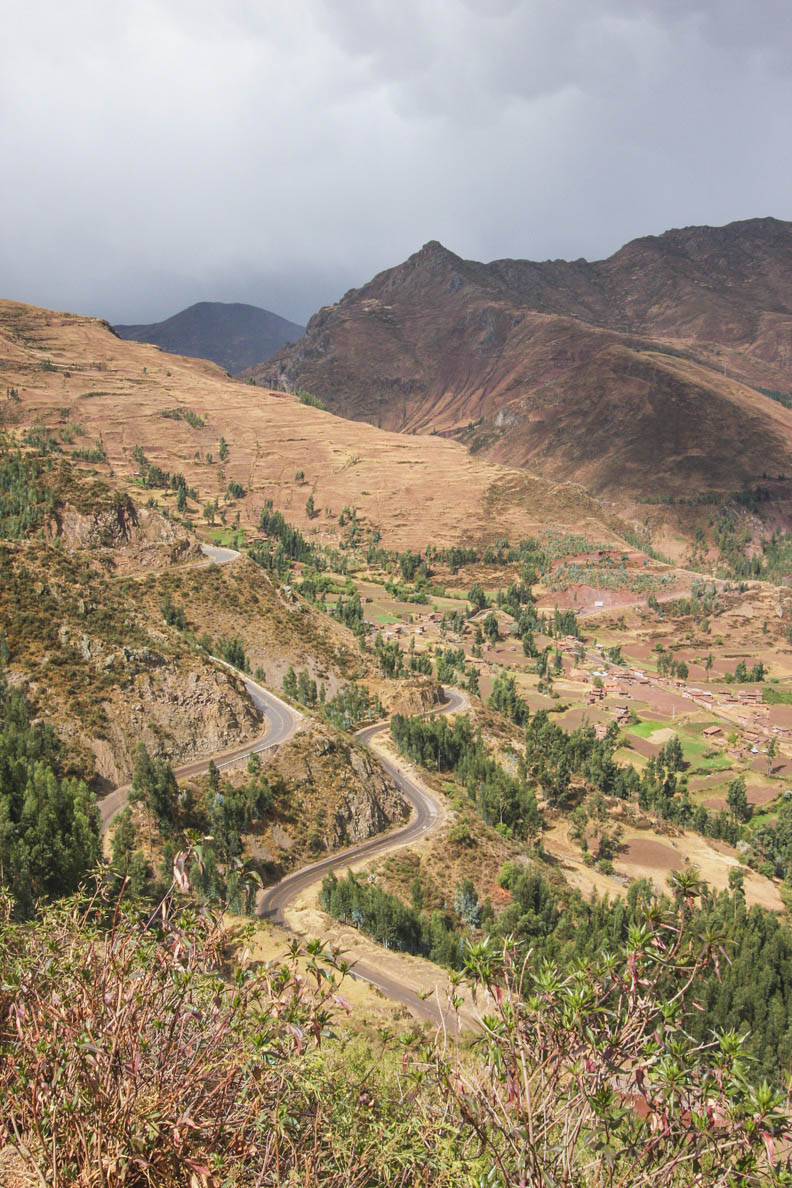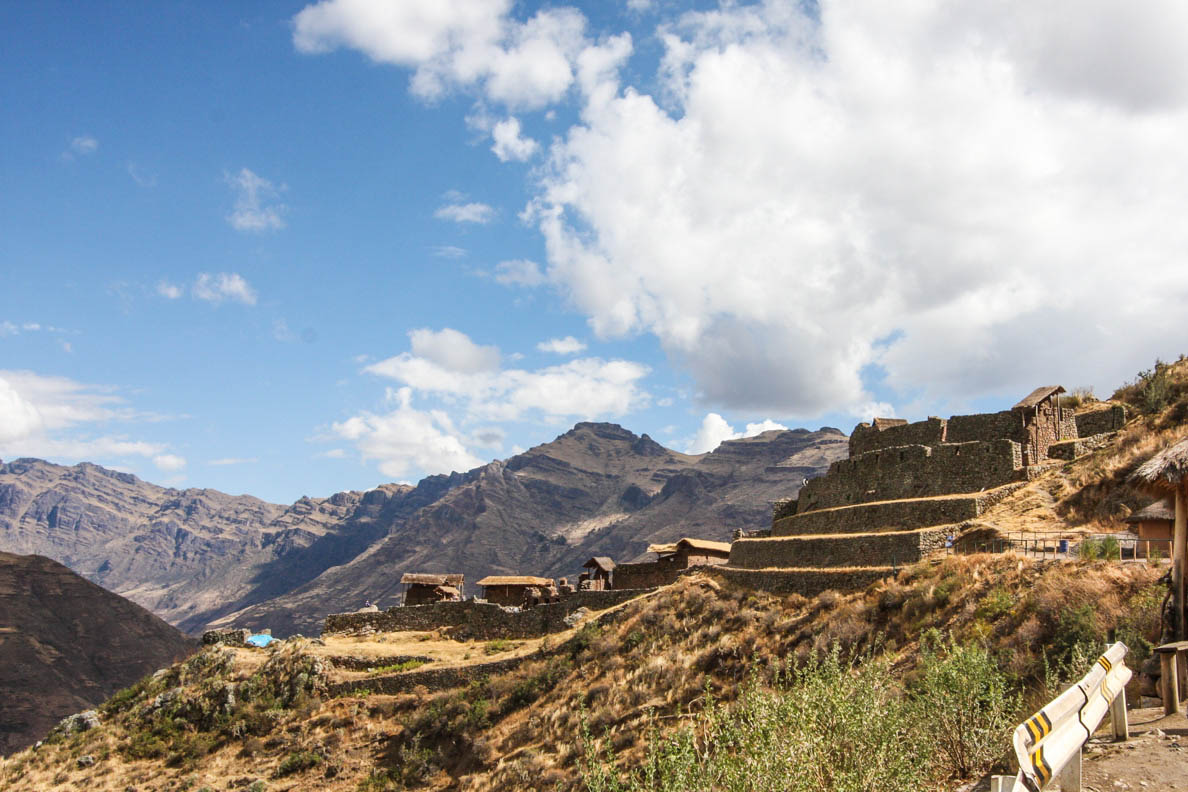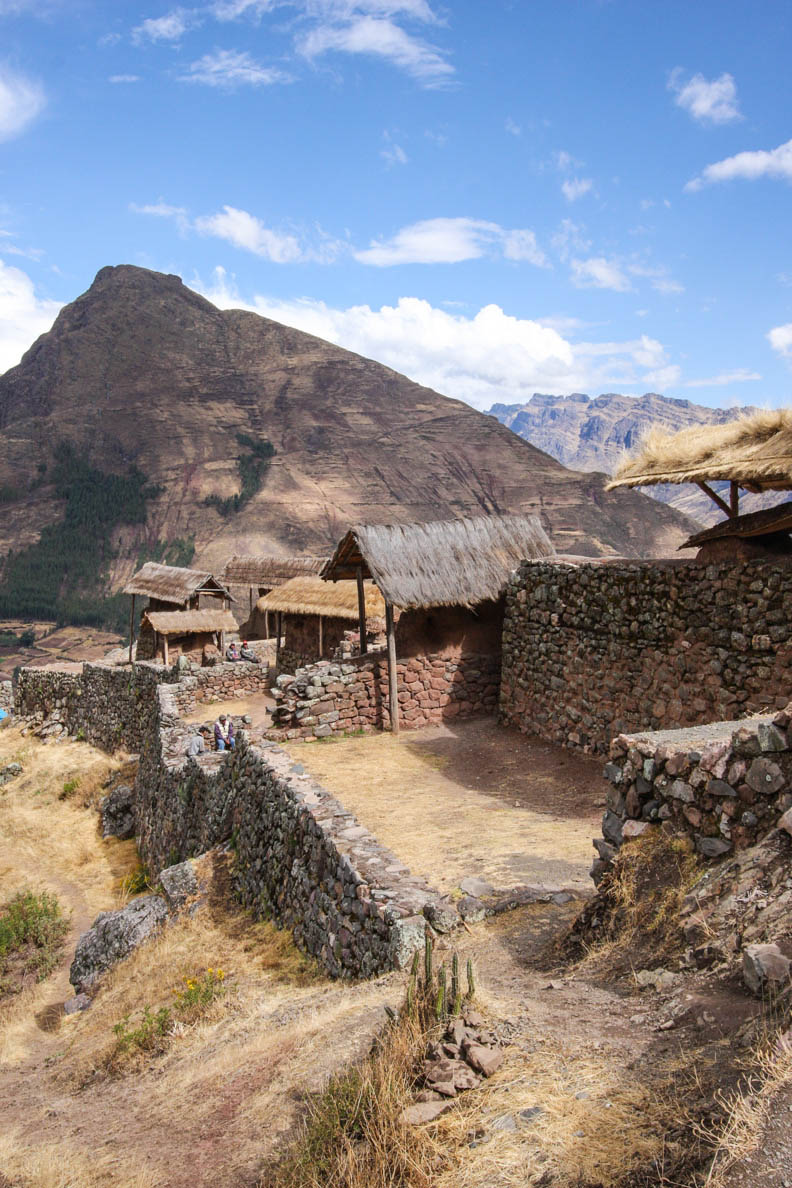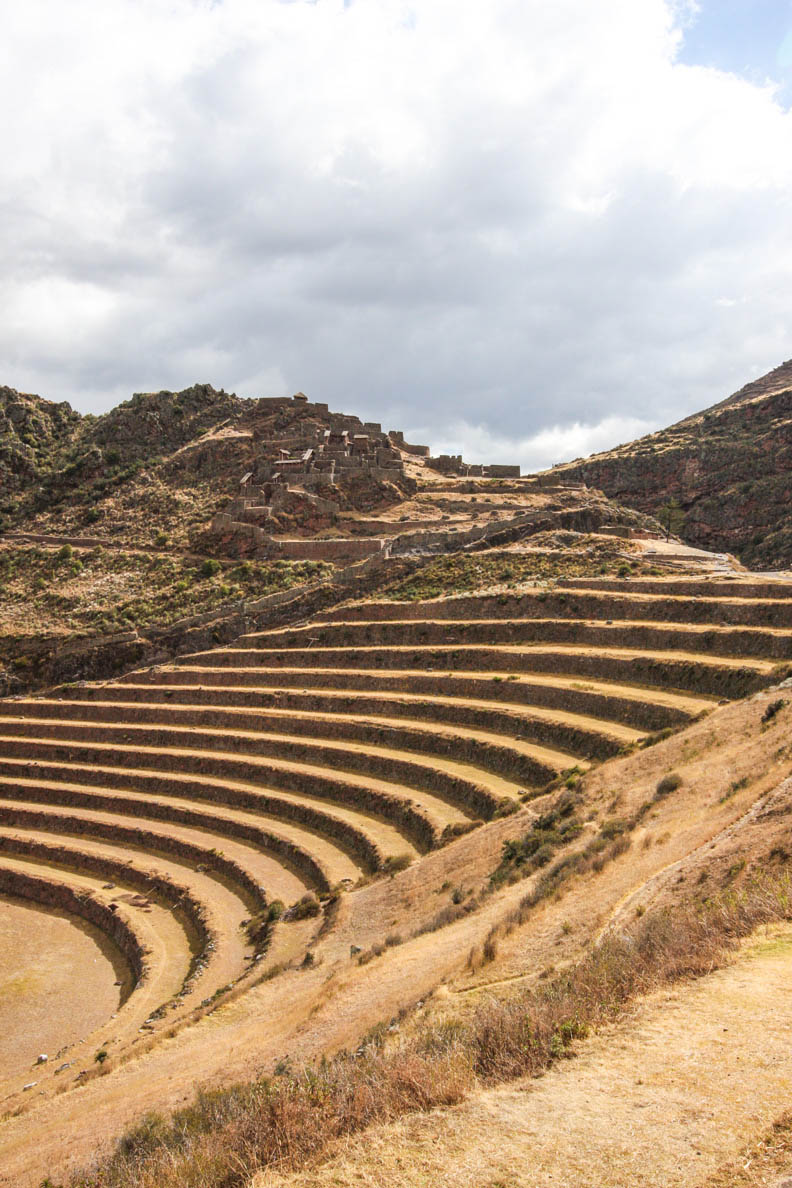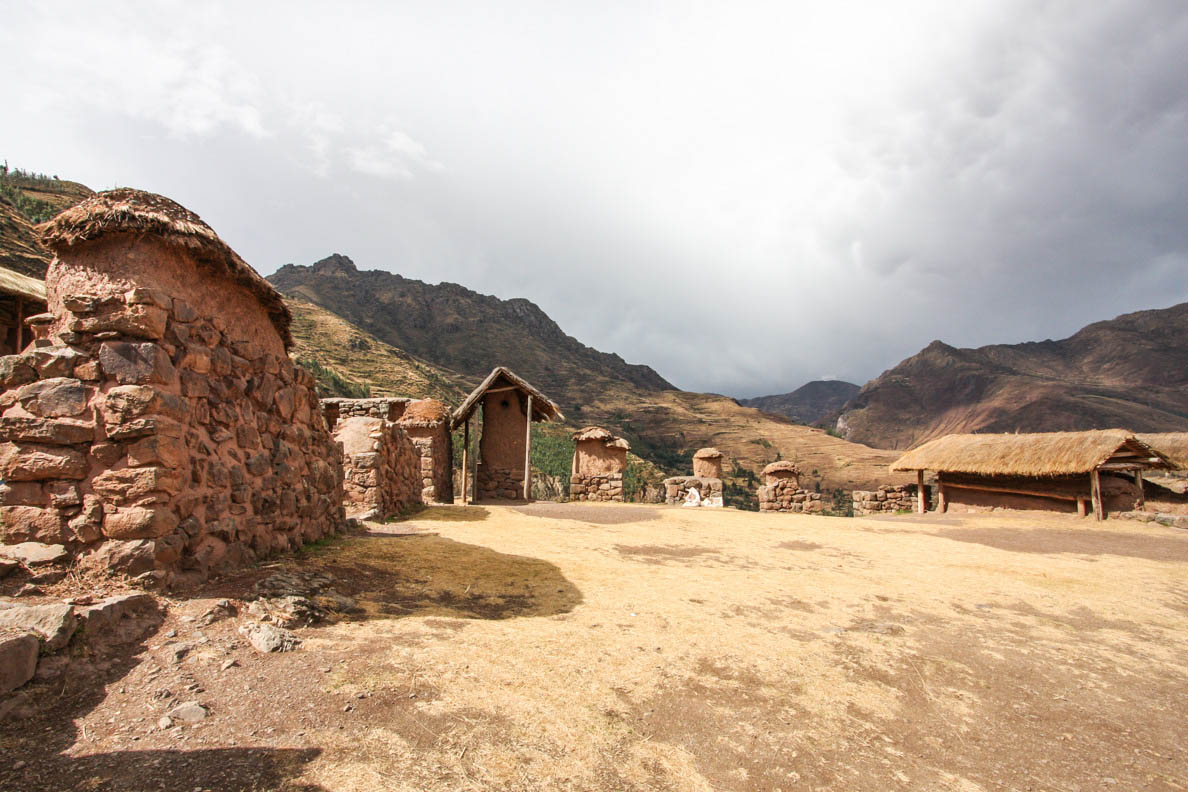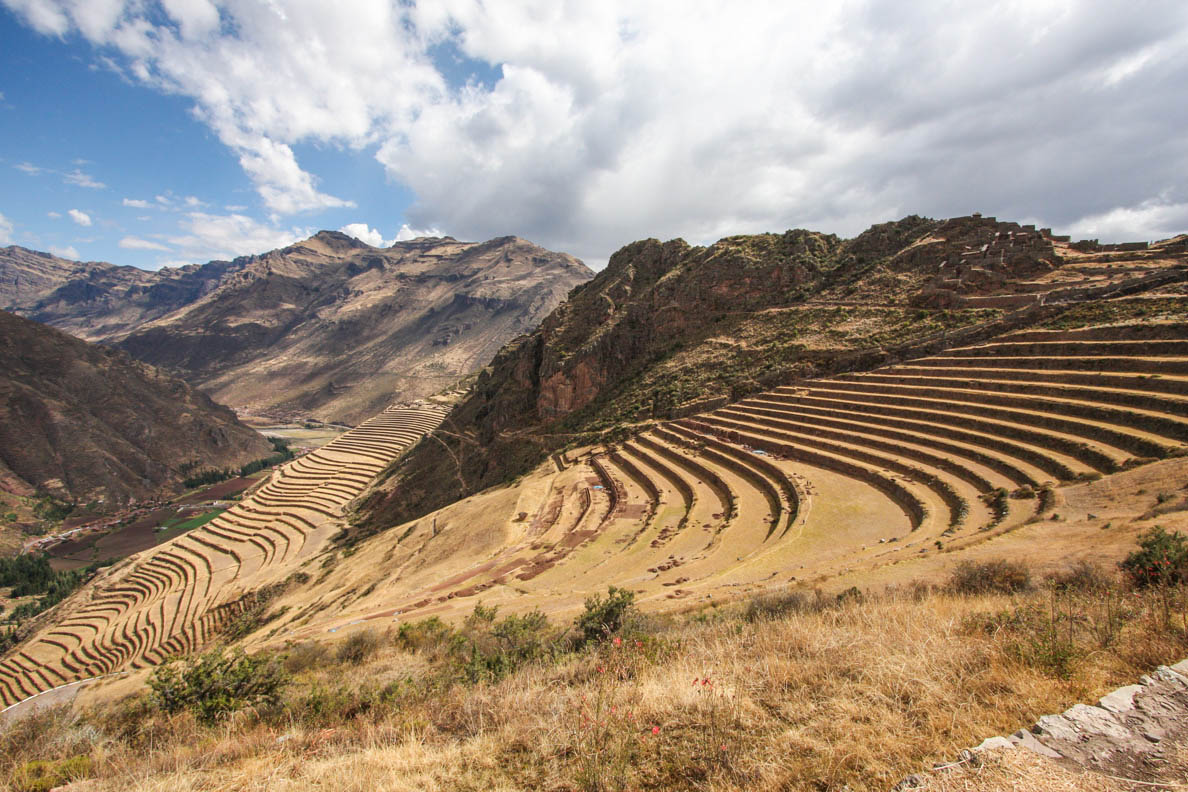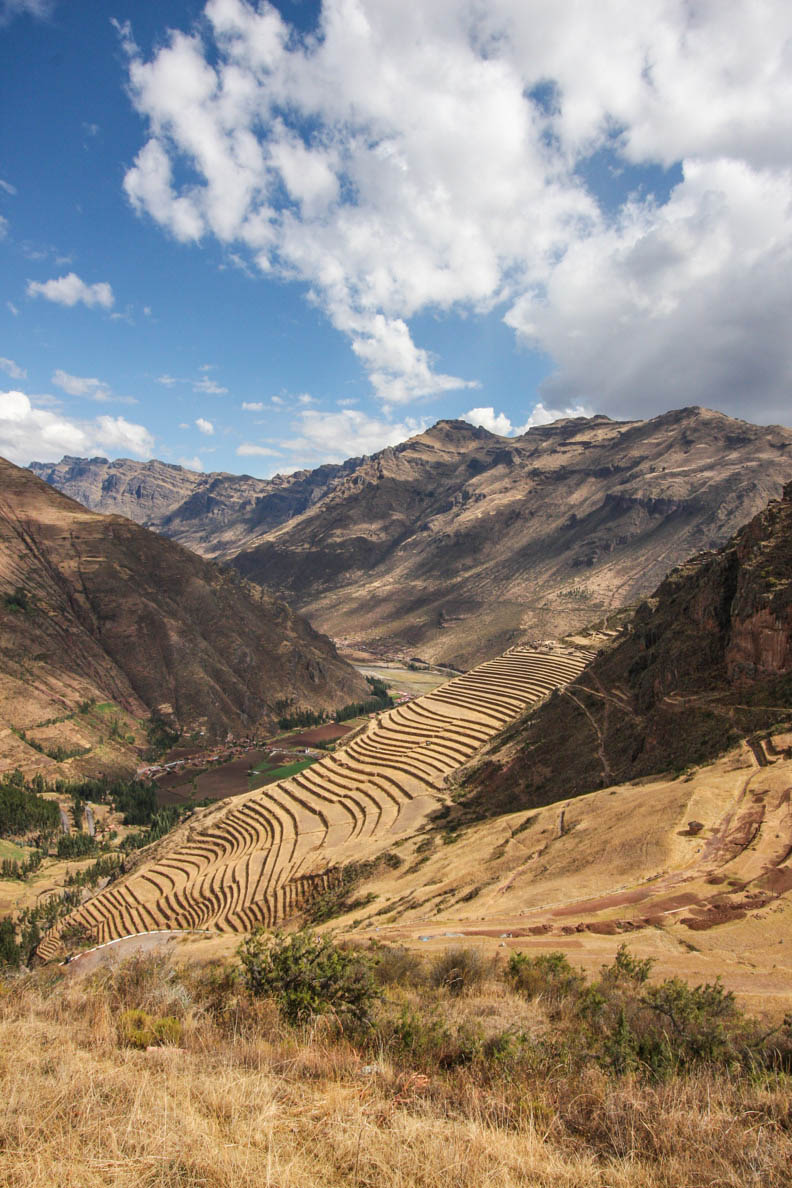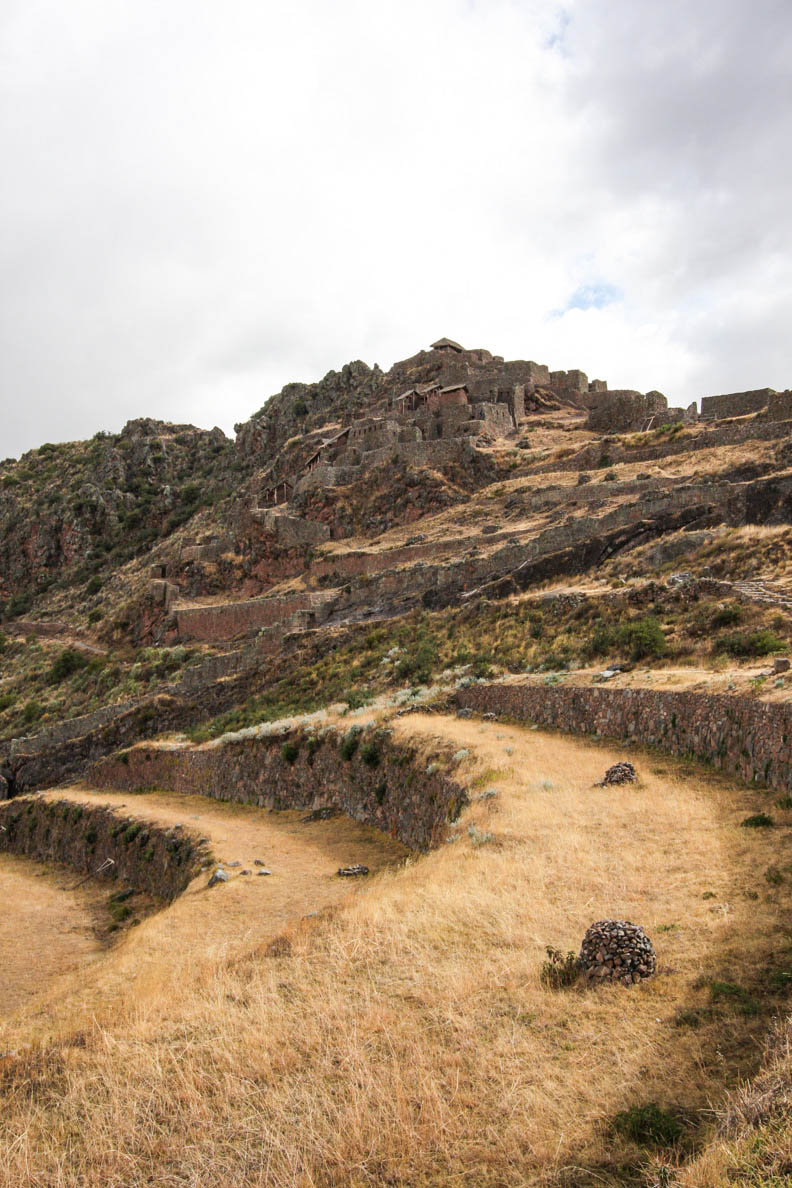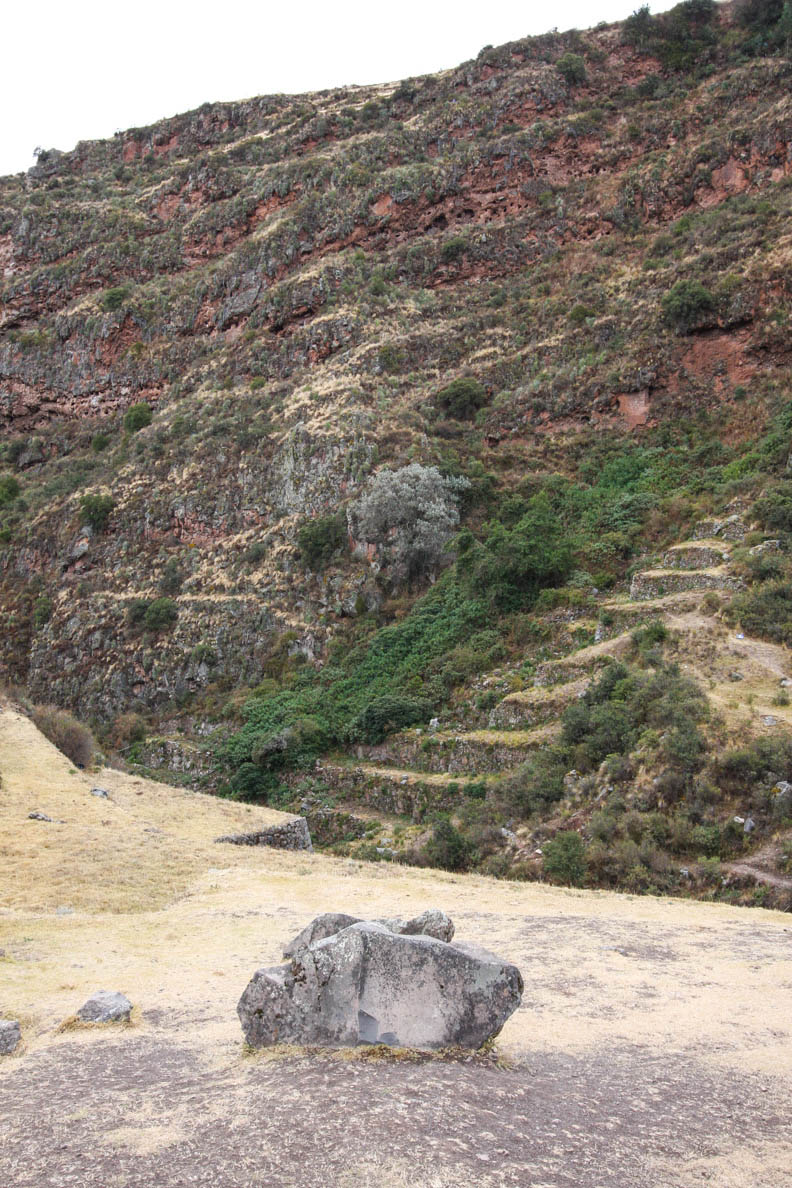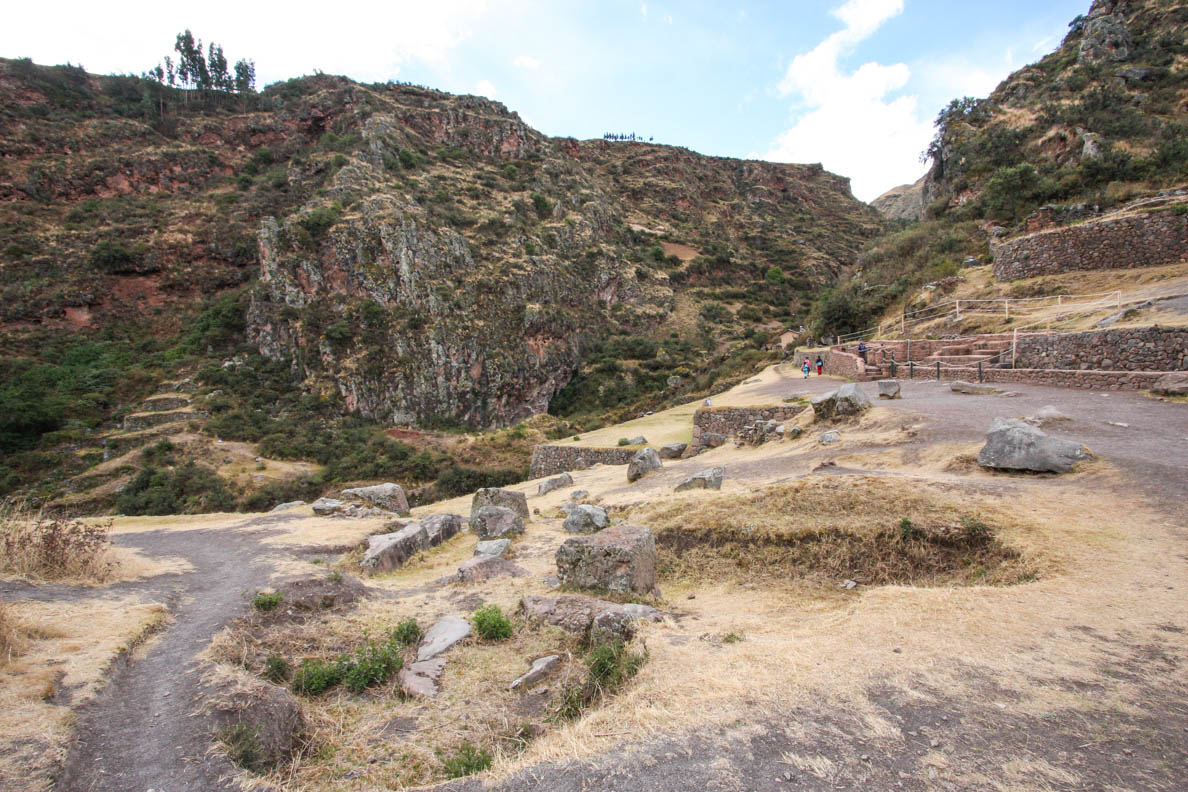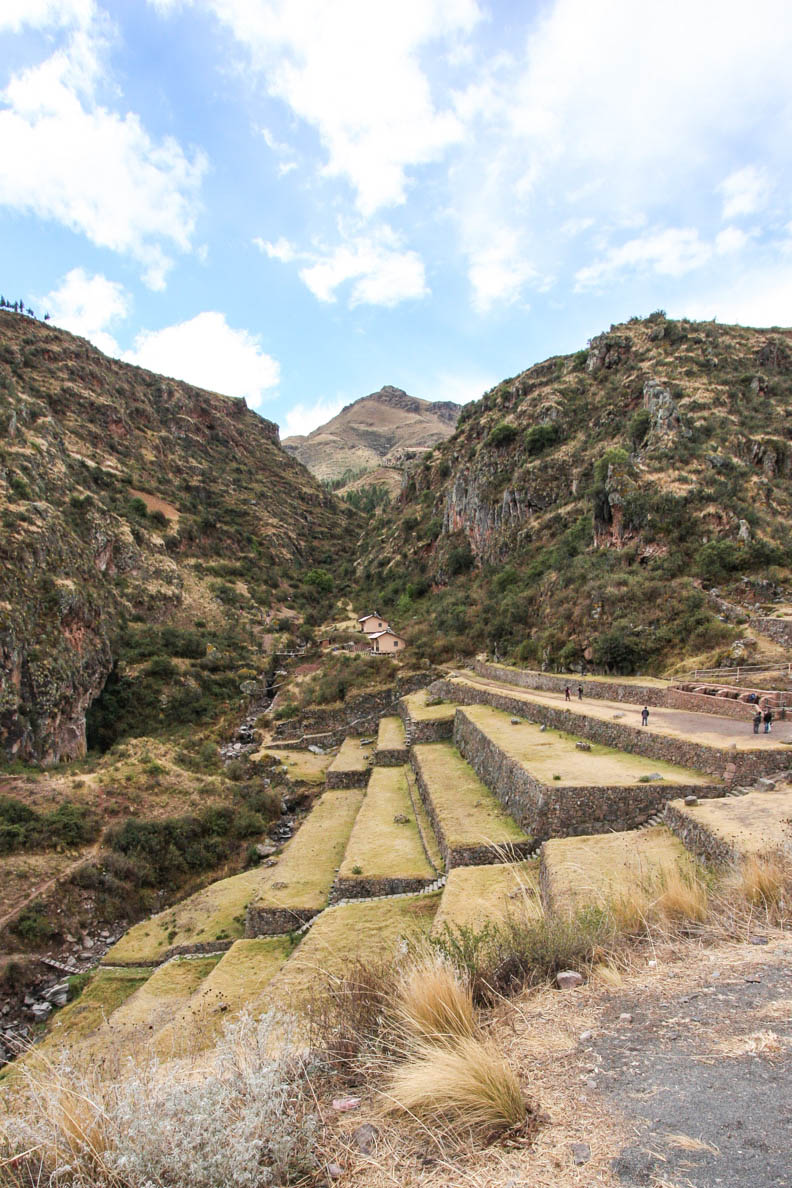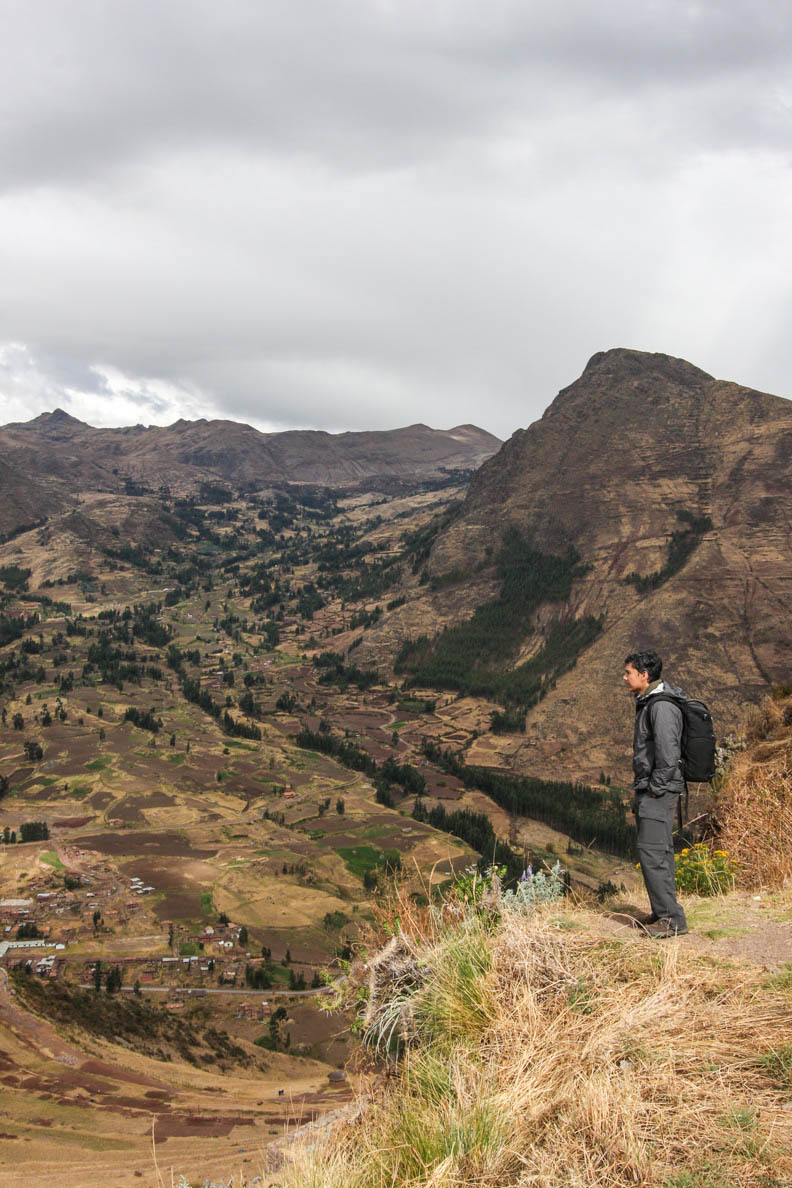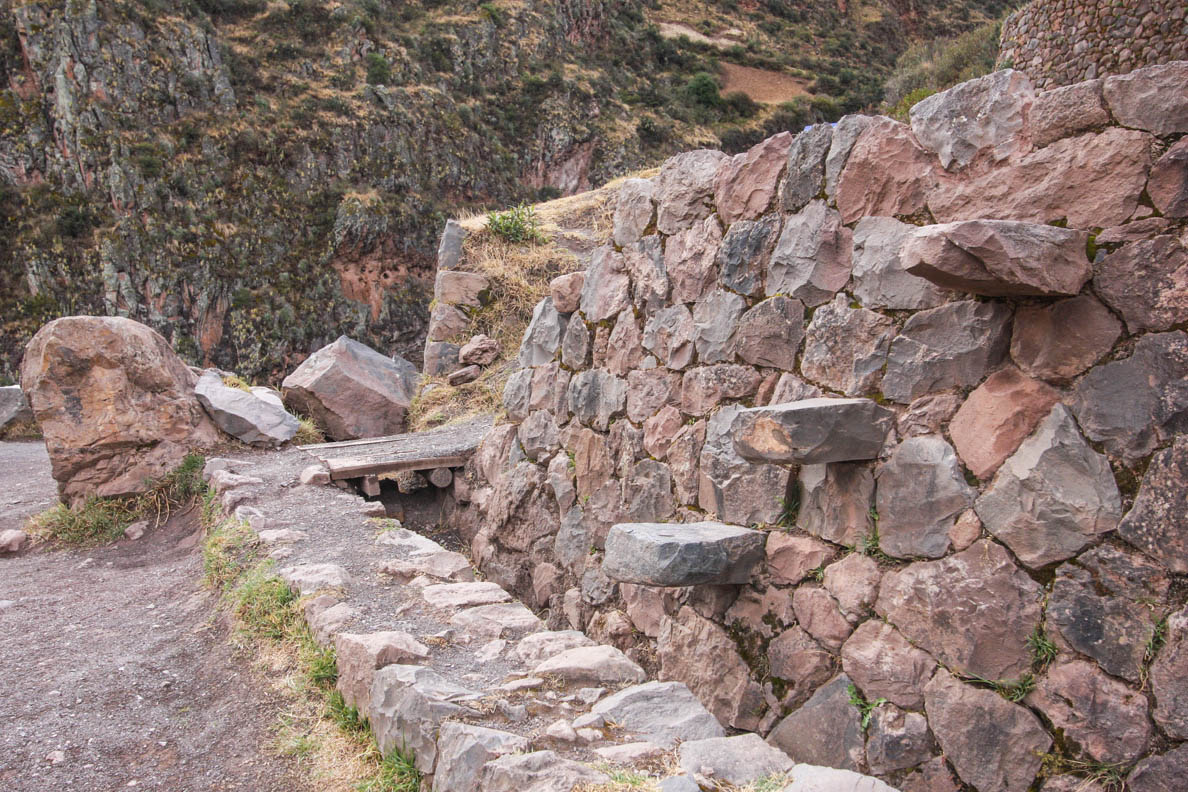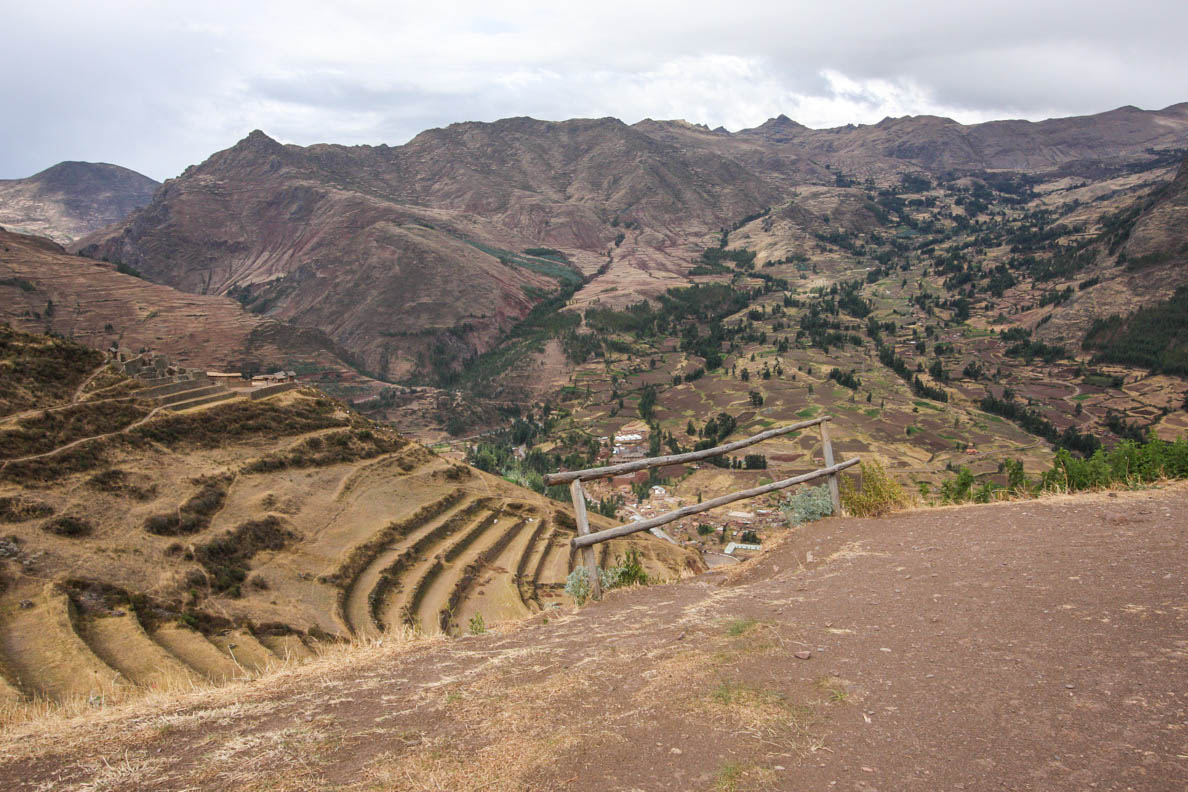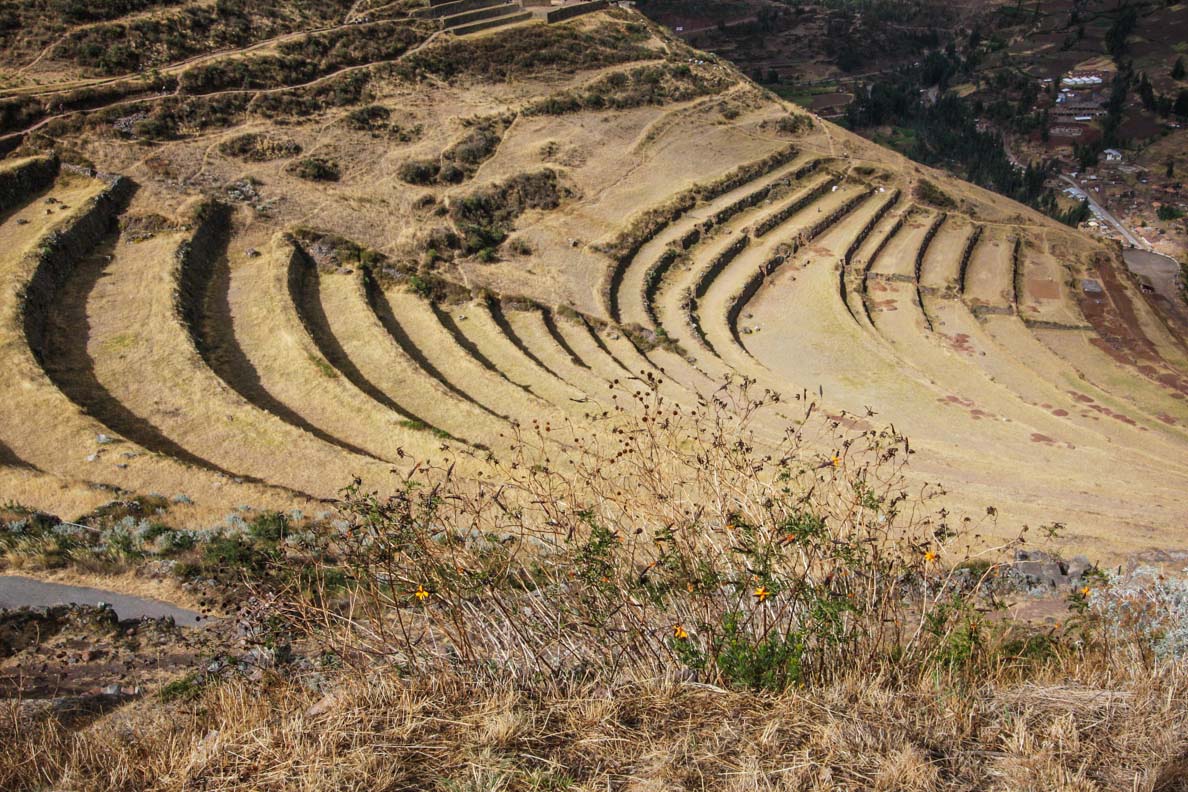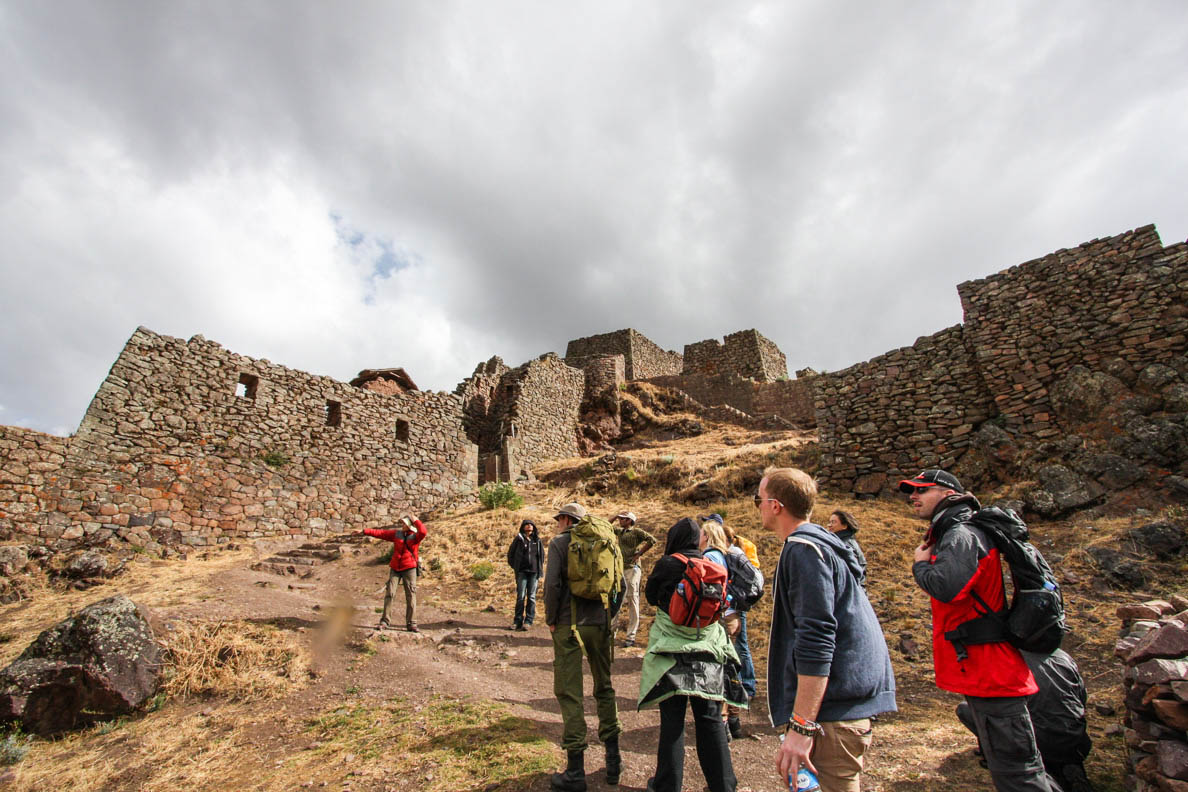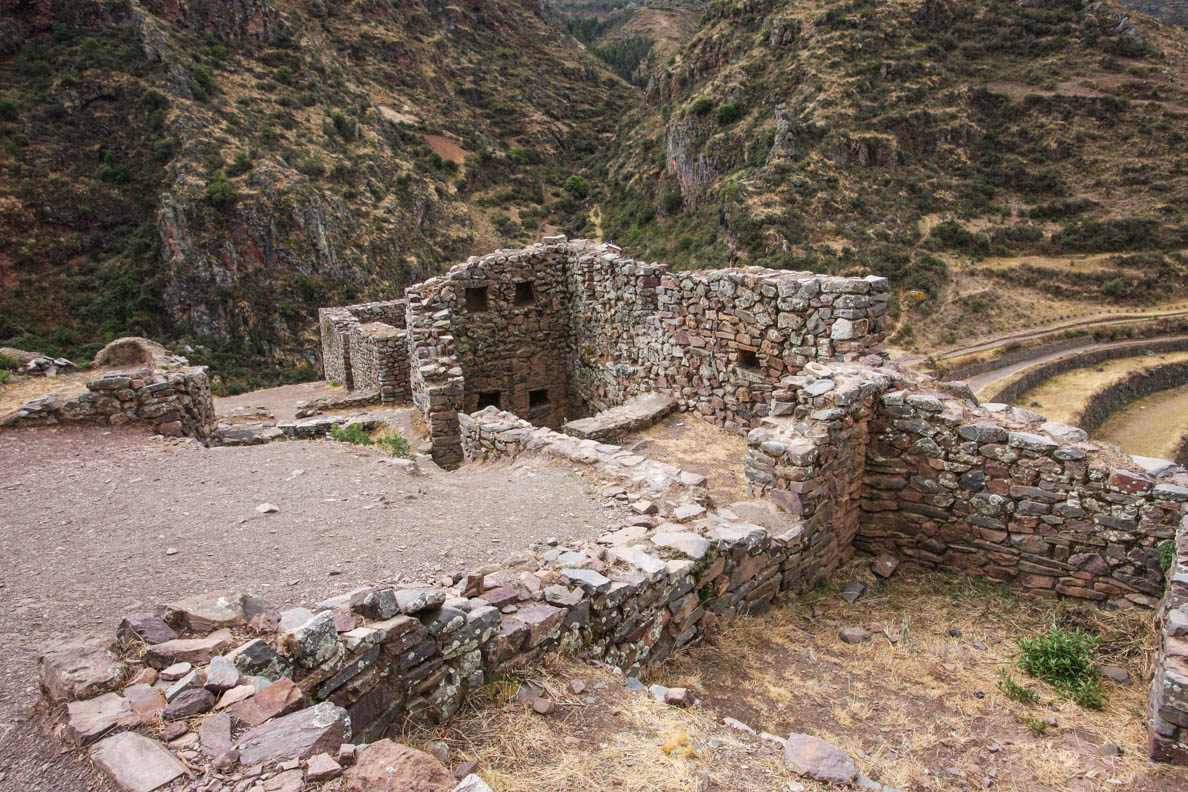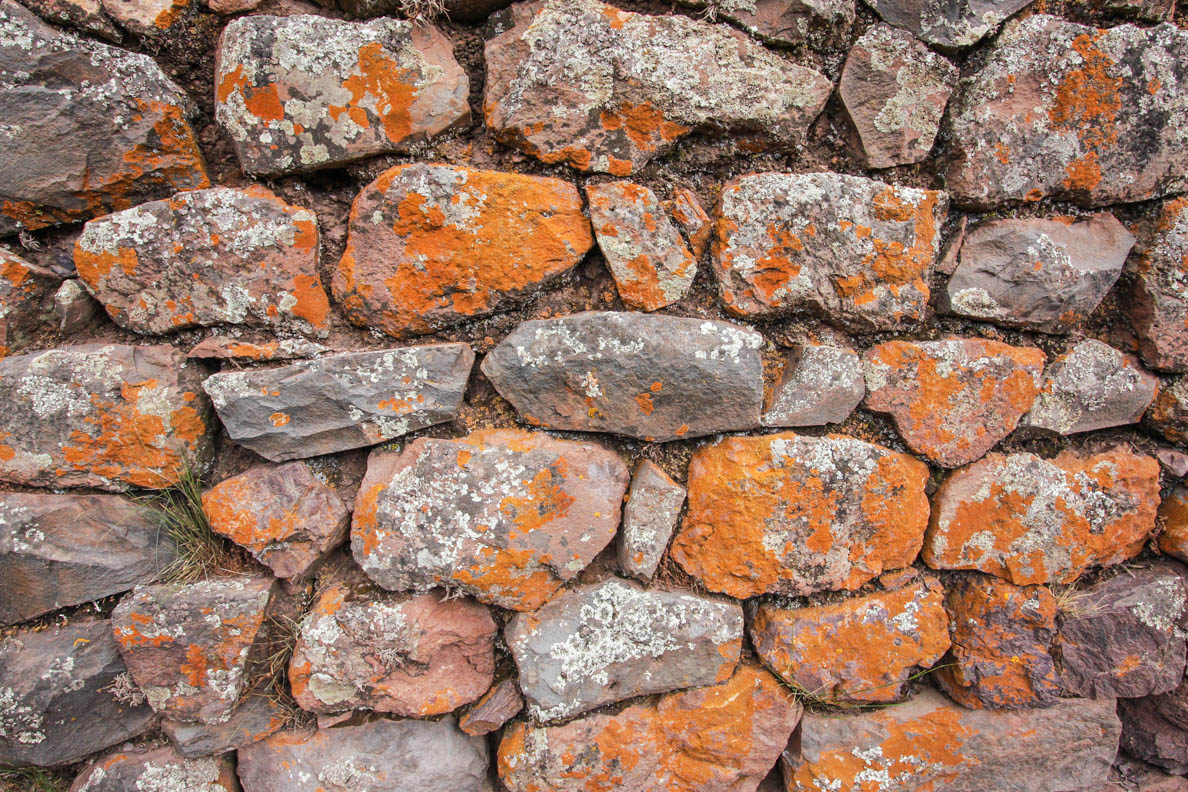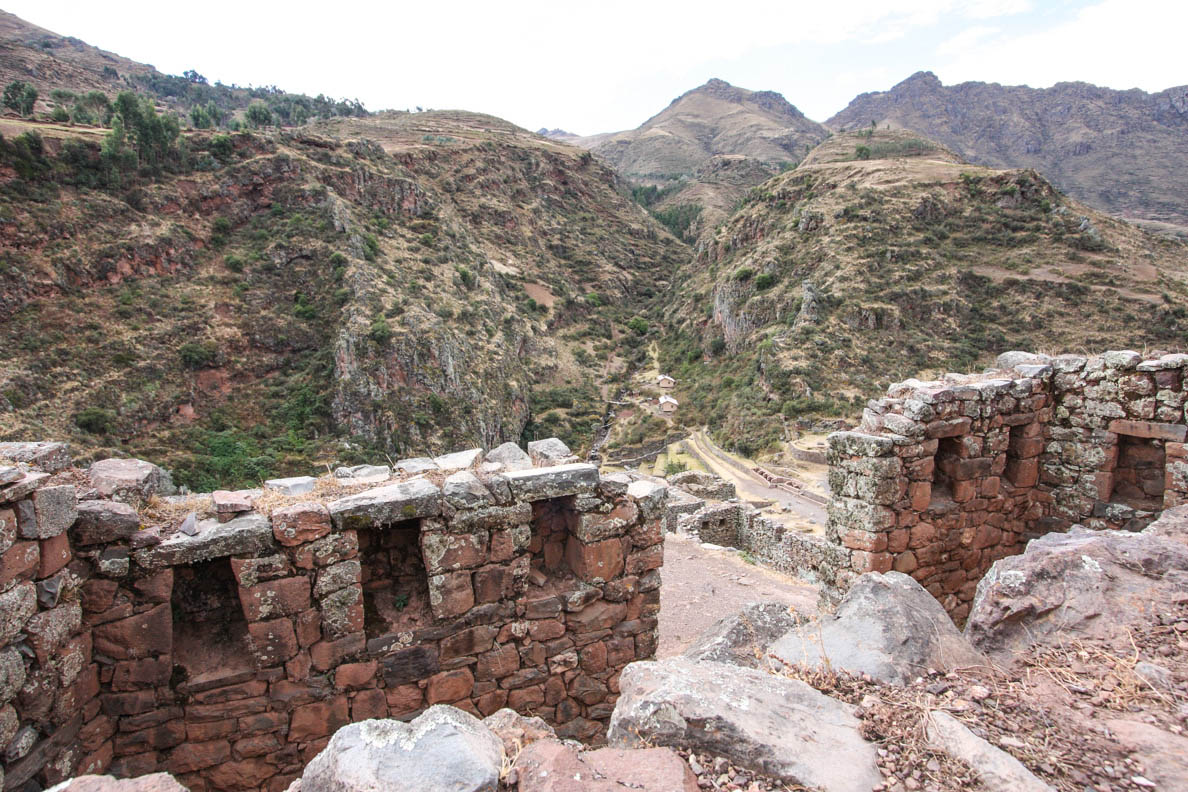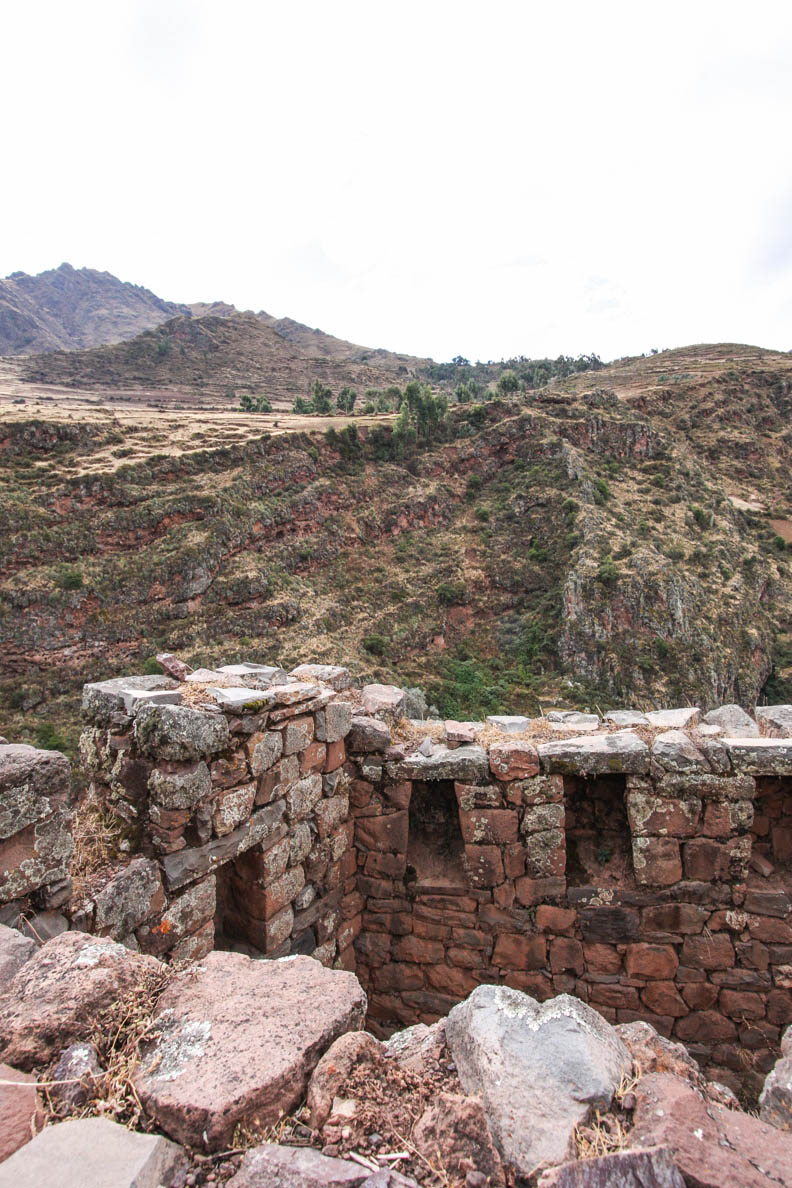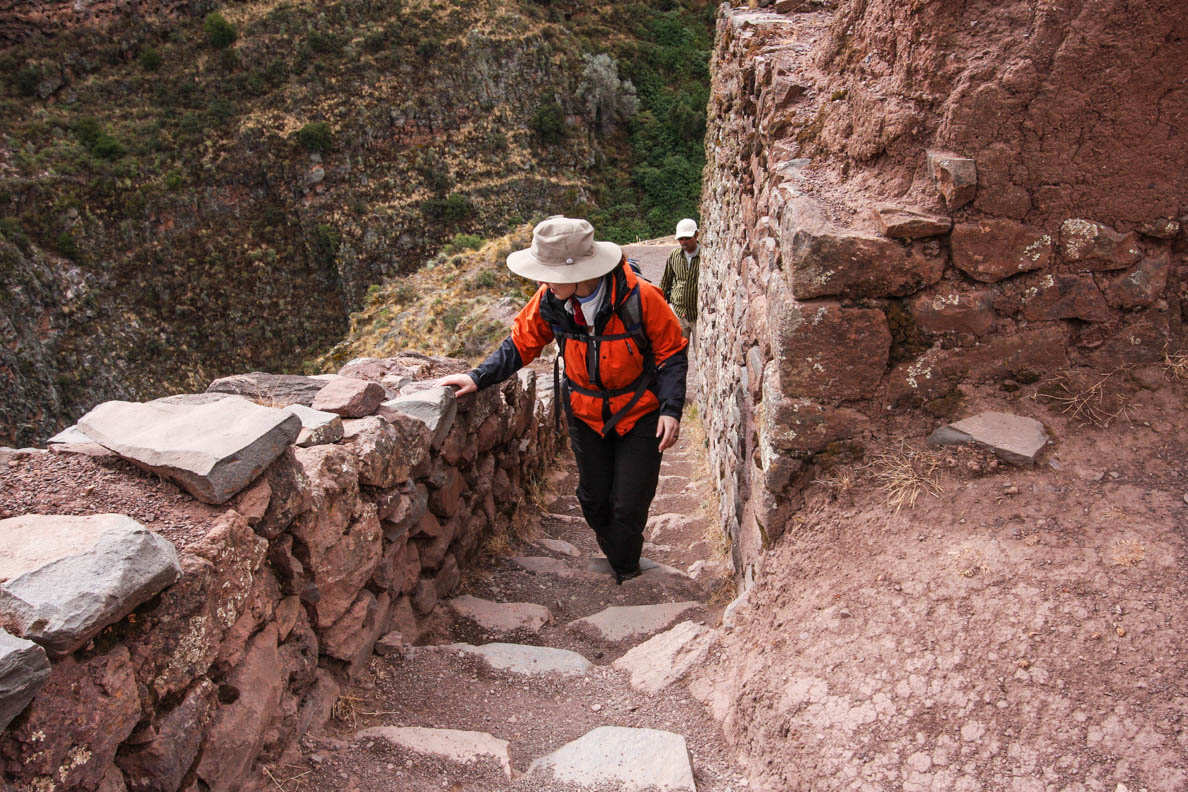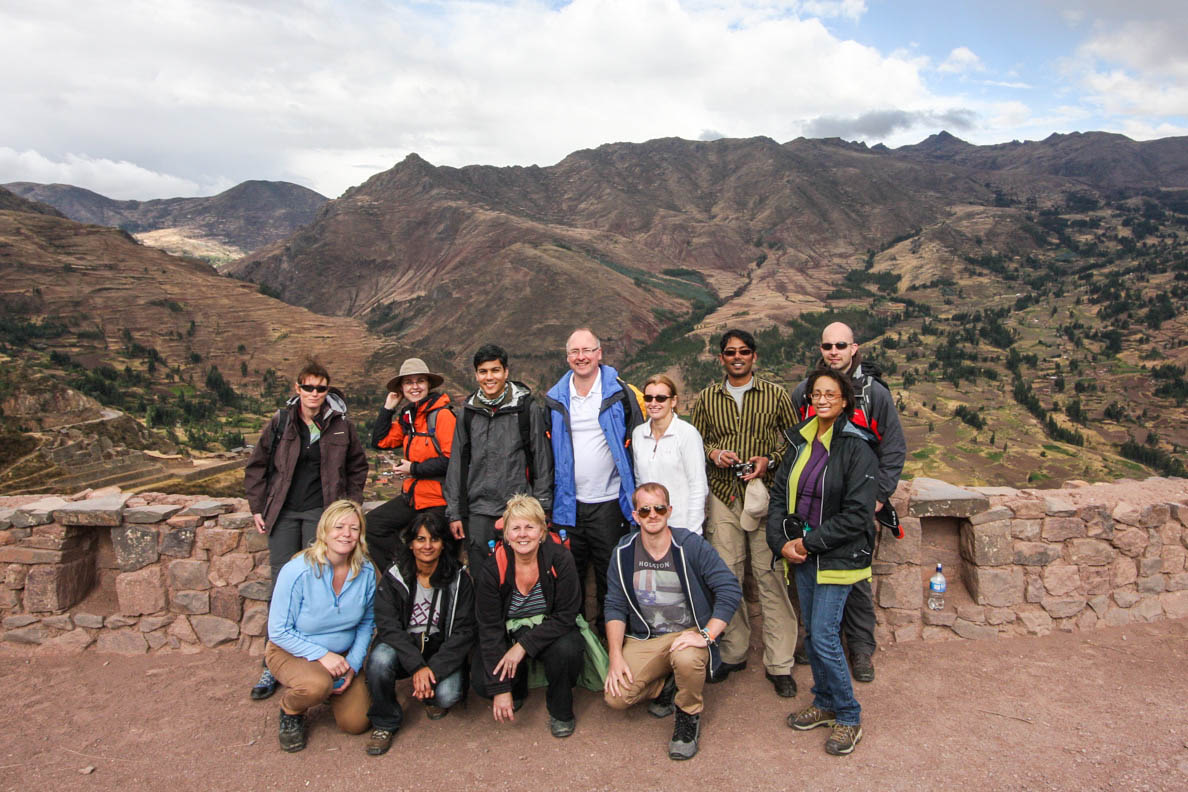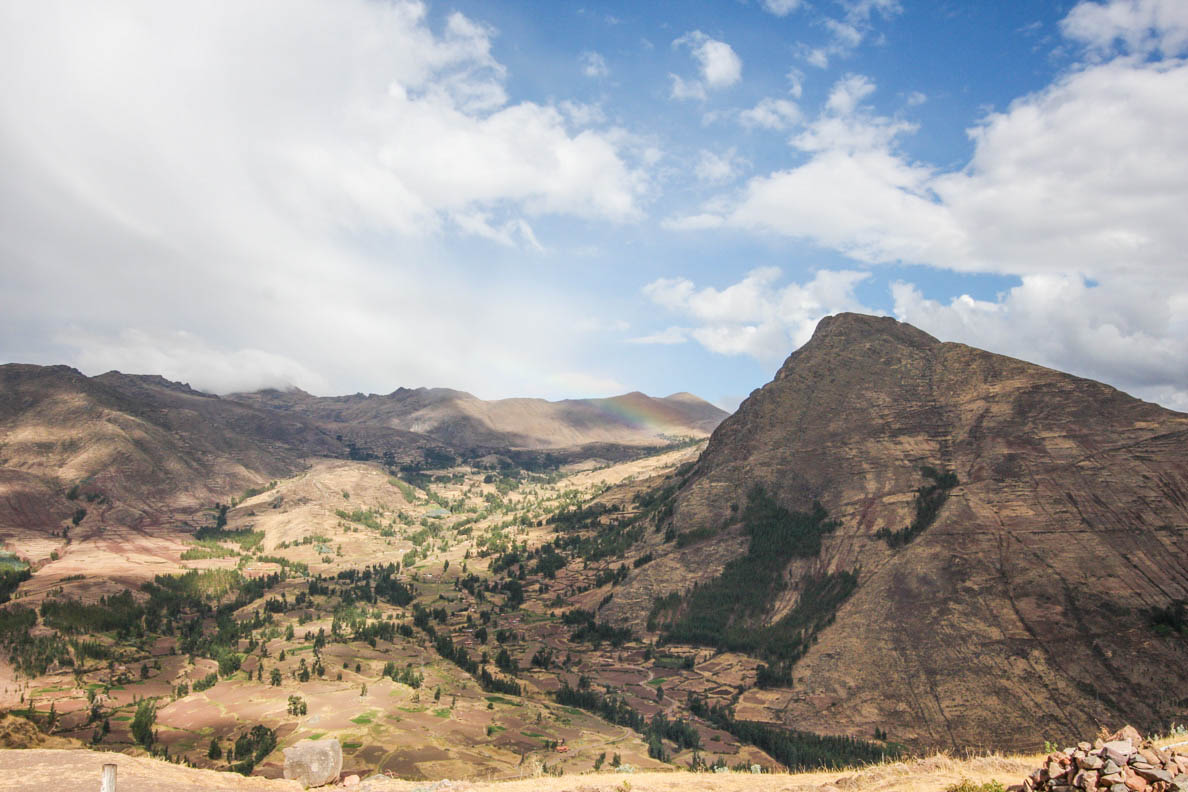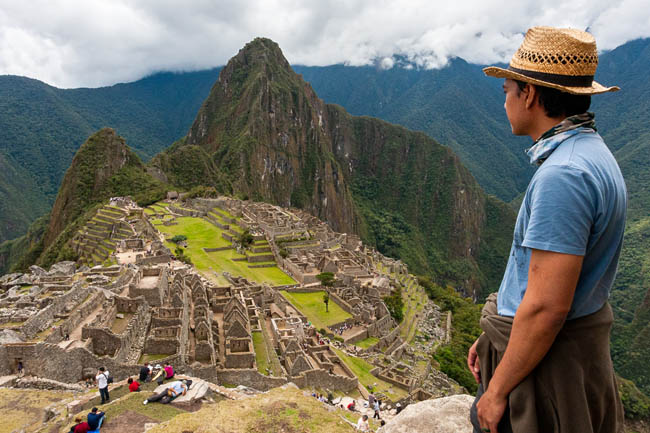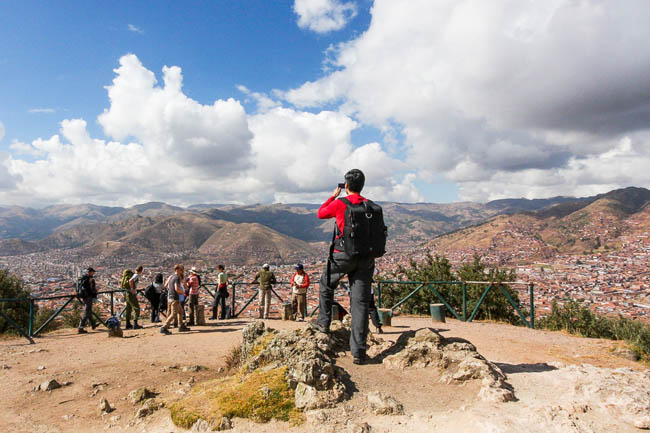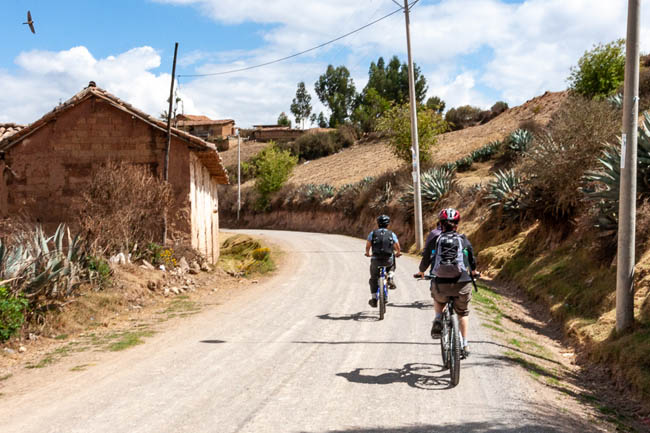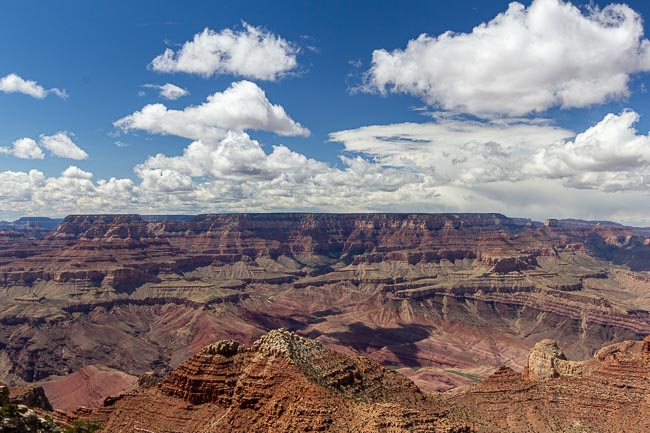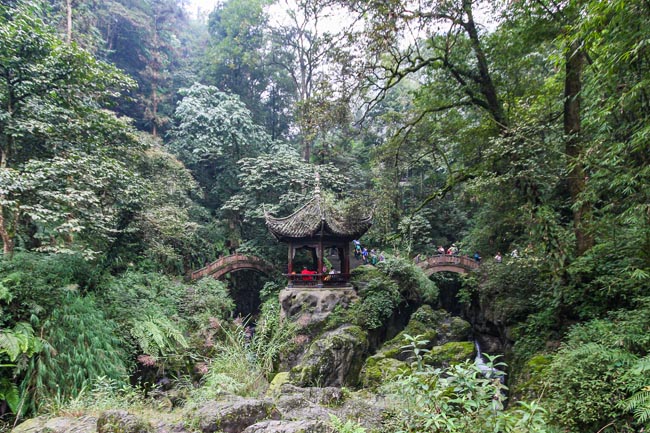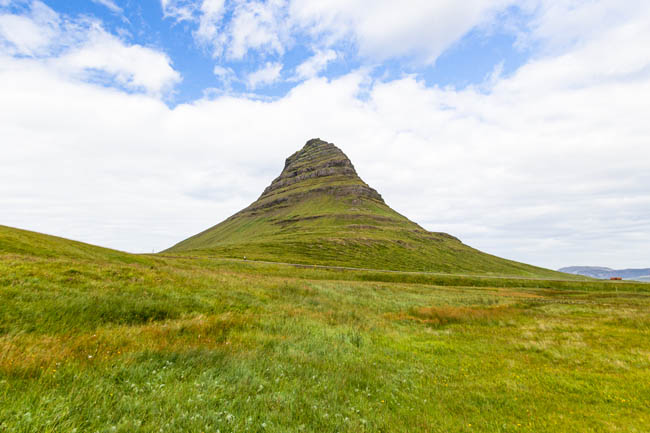PERU
PISAC
September 2011 • Canon 40D camera
The Sacred Valley or the Urubamba Valley as it is also called, stretches from Pisac near Cuzco to Ollantaytambo. It was once the center of the Inca civilization with its perfect climate, fertile land and strategic position.
The weather was bright and sunny as we drove this afternoon to the town of Pisac. Along the way we stopped at the viewpoint Mirador Taray. Here you witness the stunning view of the valley. We stopped to take some pictures and soak of the views before jumping back on our mini van.
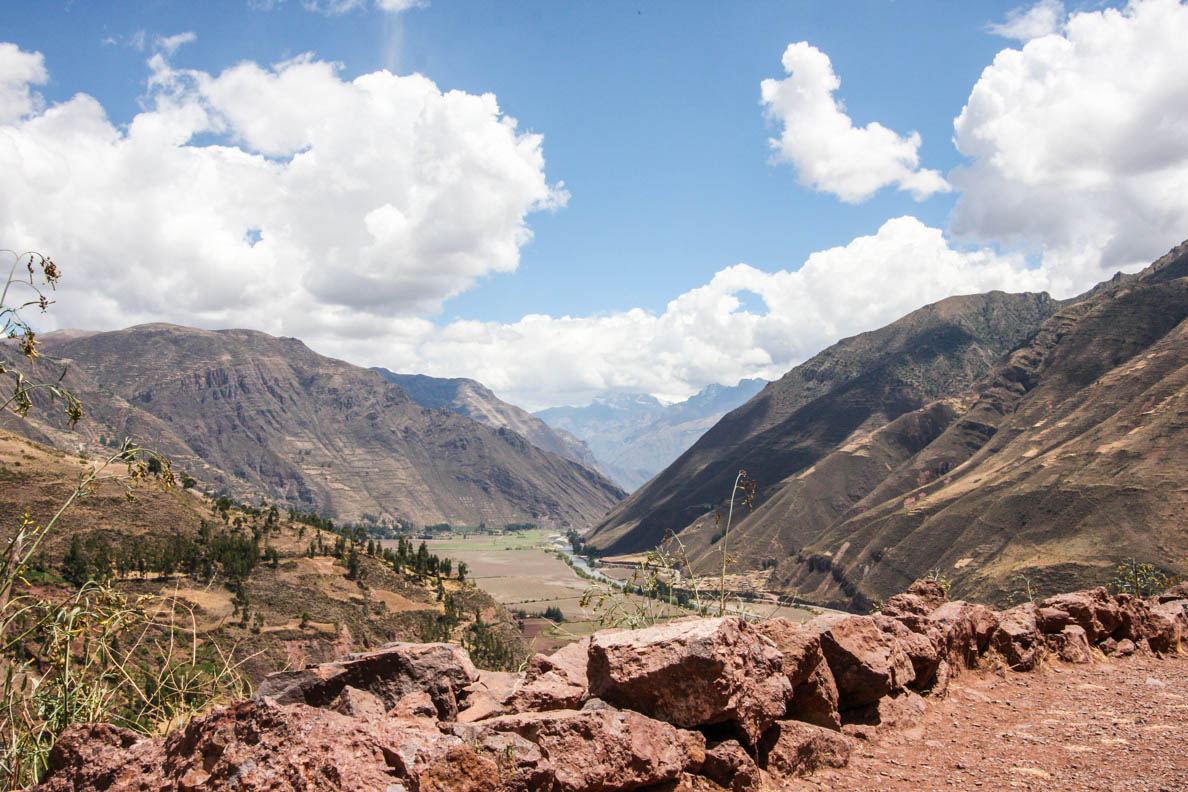
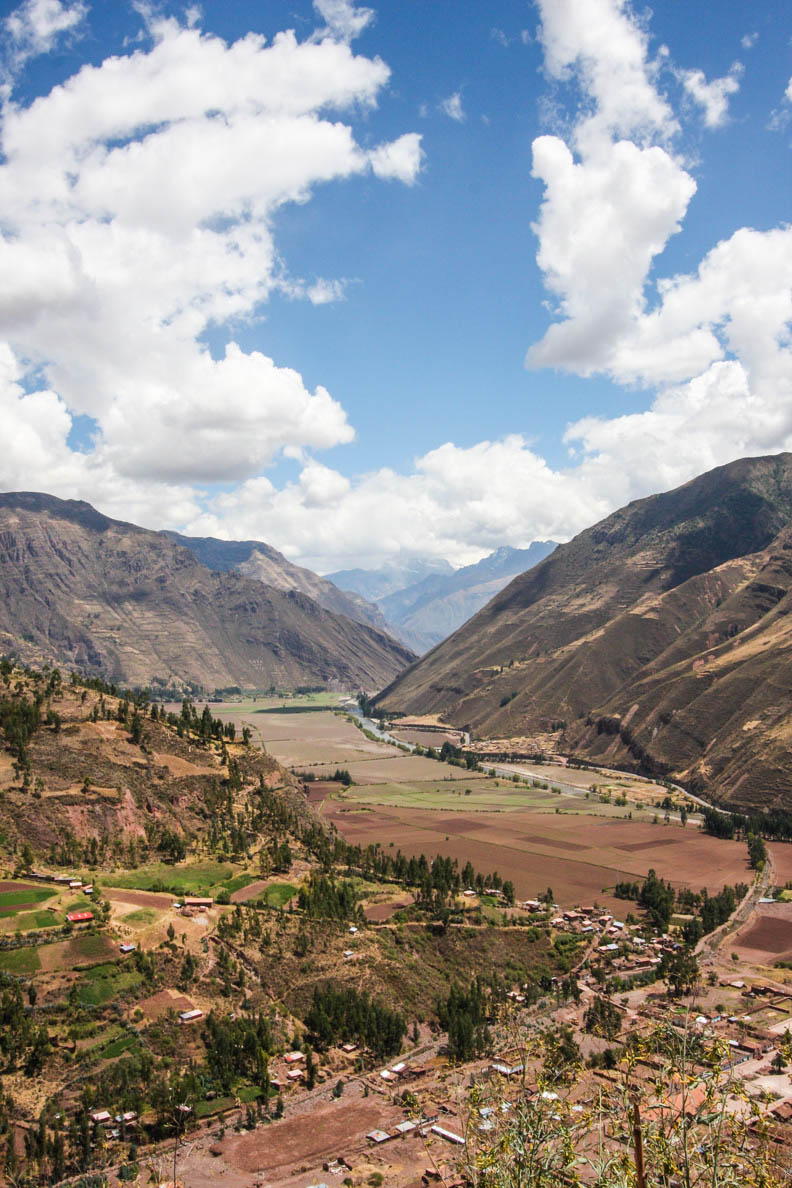
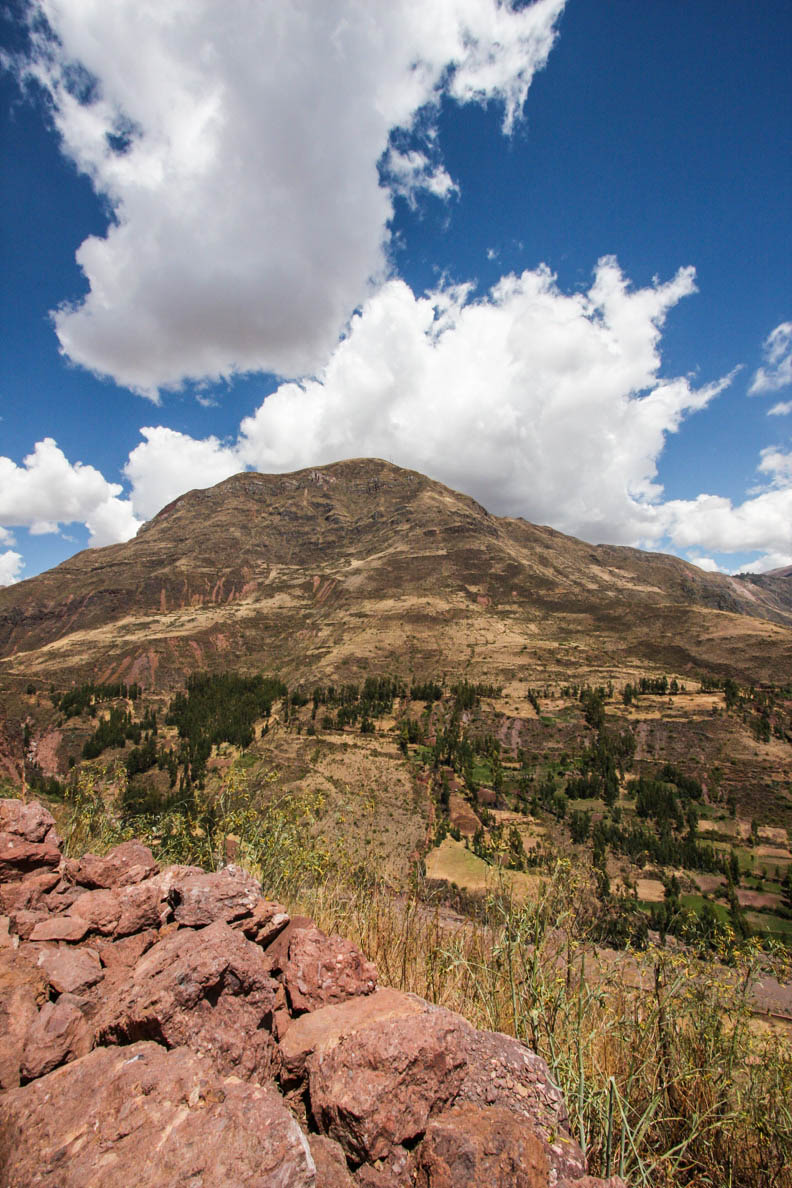
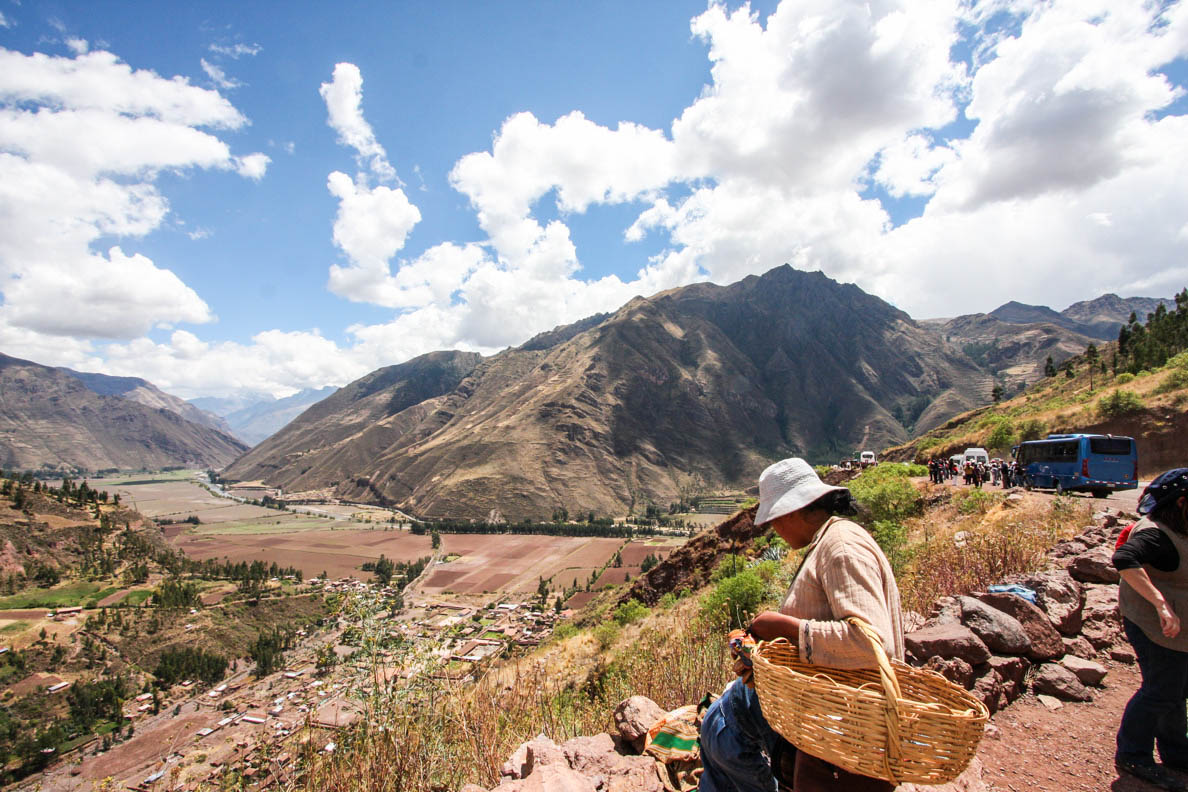
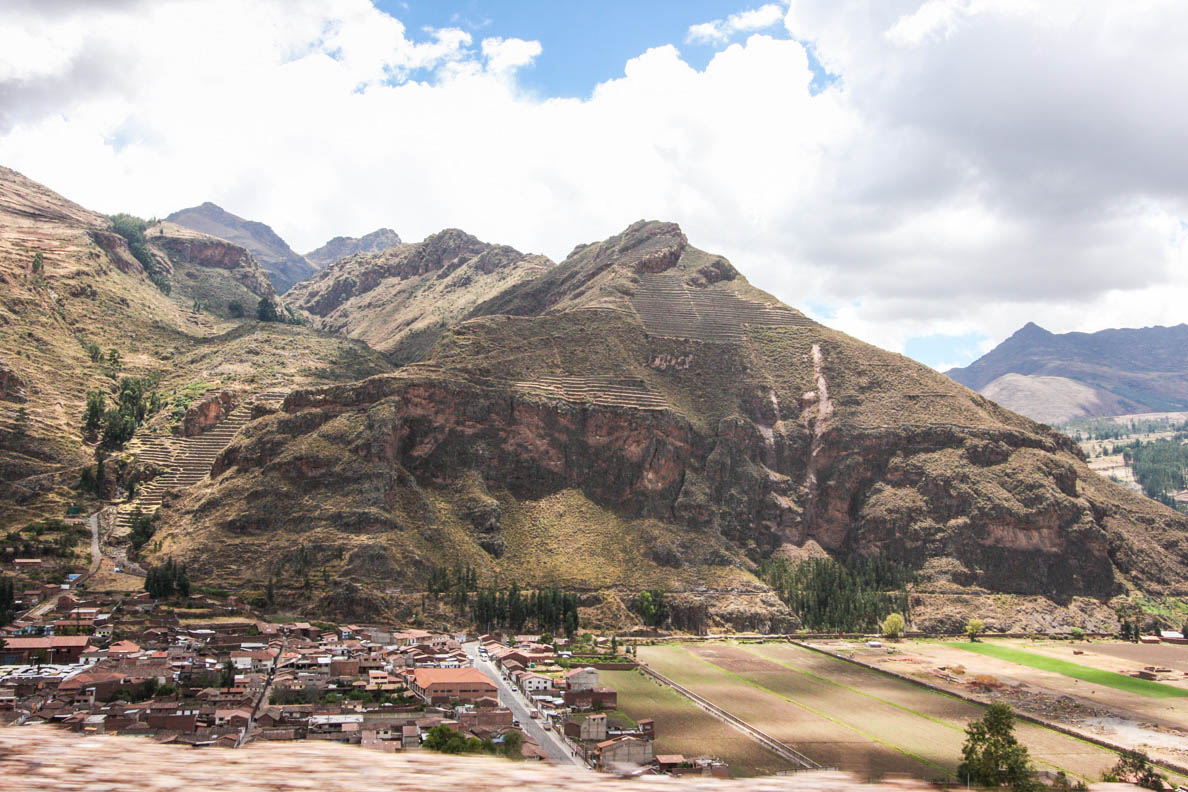
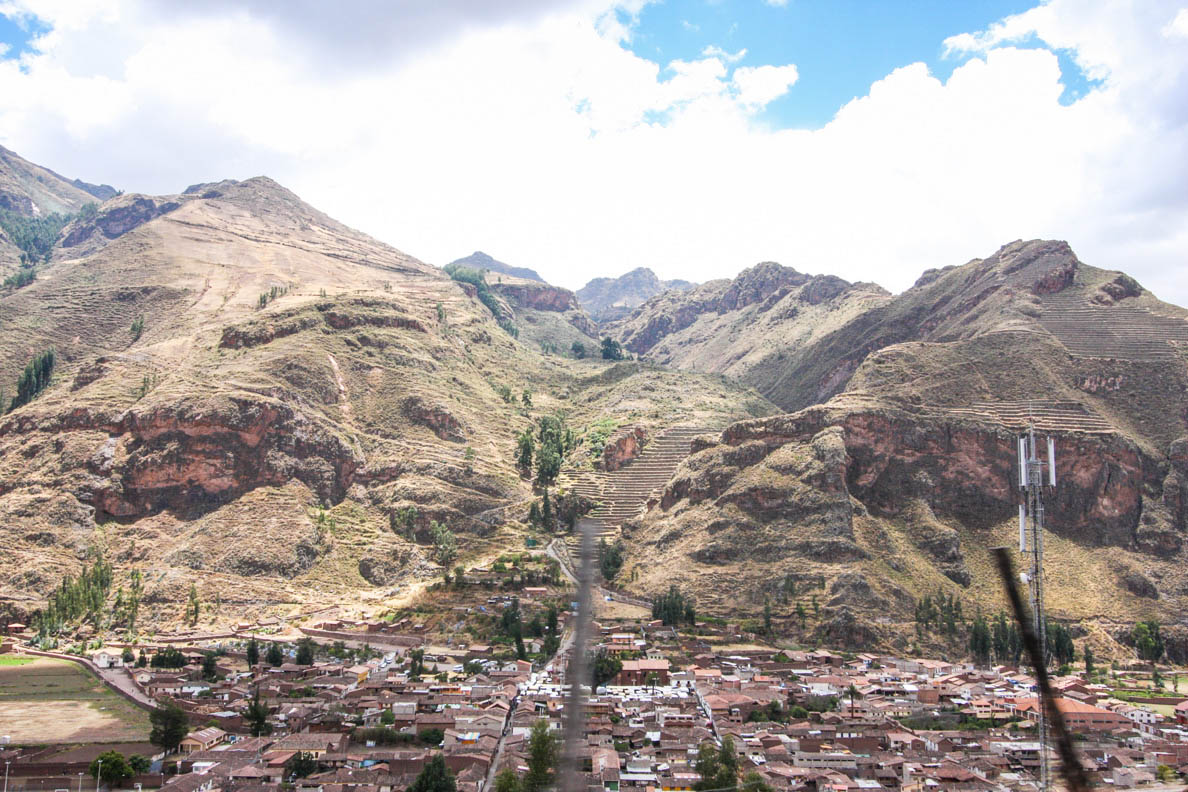
Pisac market
We stopped in the town of Pisac to visit the famous market and to have lunch. The traditional market is located in the main square. It is a bright and colourful place with local handicrafts of textiles, ceramics, pottery and much more. It was a good place for me to get some locally handmade souvenirs opposed to the mass produce gifts at the tourist shops.
The designs were colourful representations of religion, myths, flora and history. I purchased some scarves and a Inca bowl from a local artist who agreed to take a photo with the bowl I bought. After spending an hour or so shopping we all met as a group to have lunch.
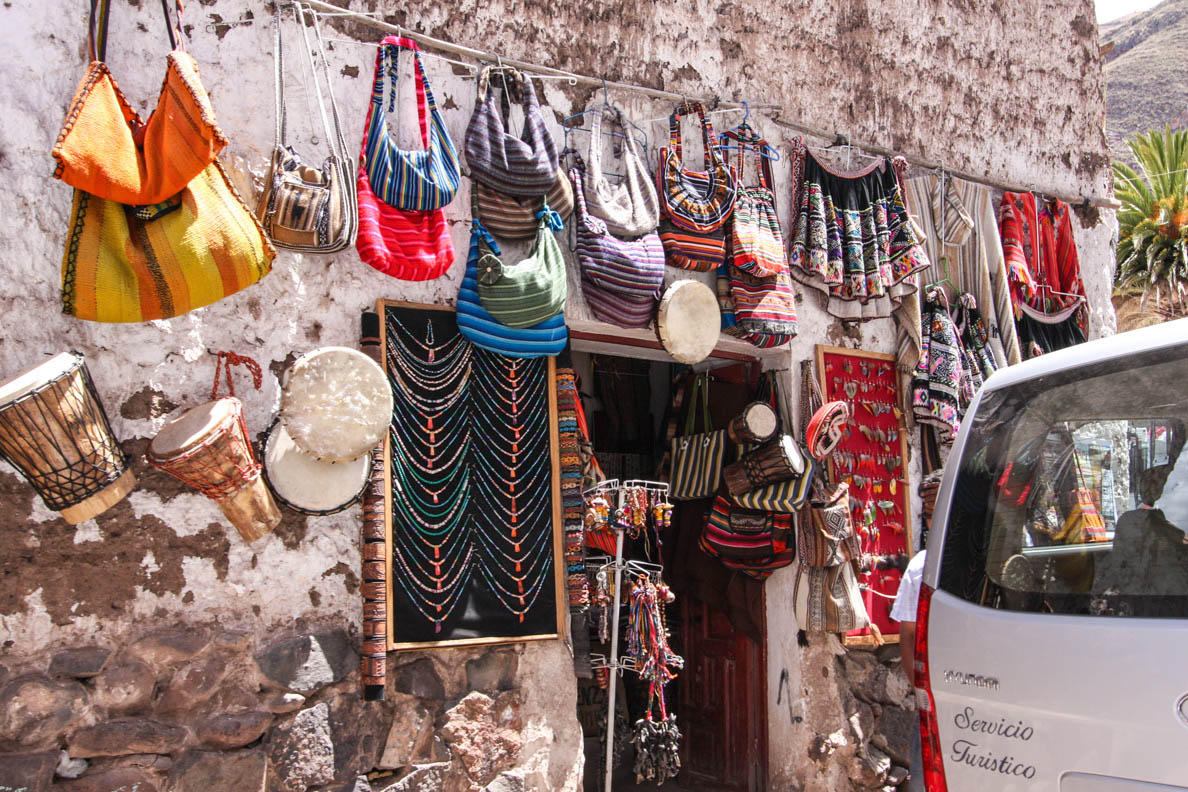
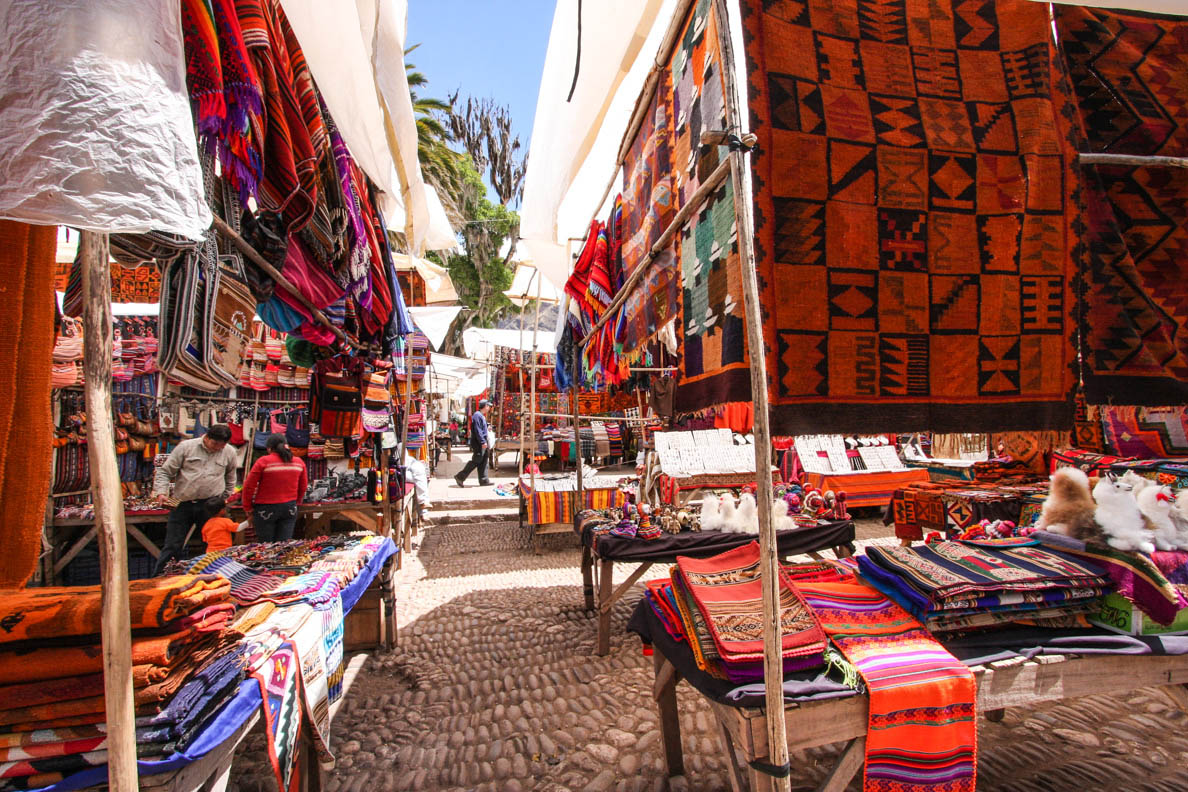
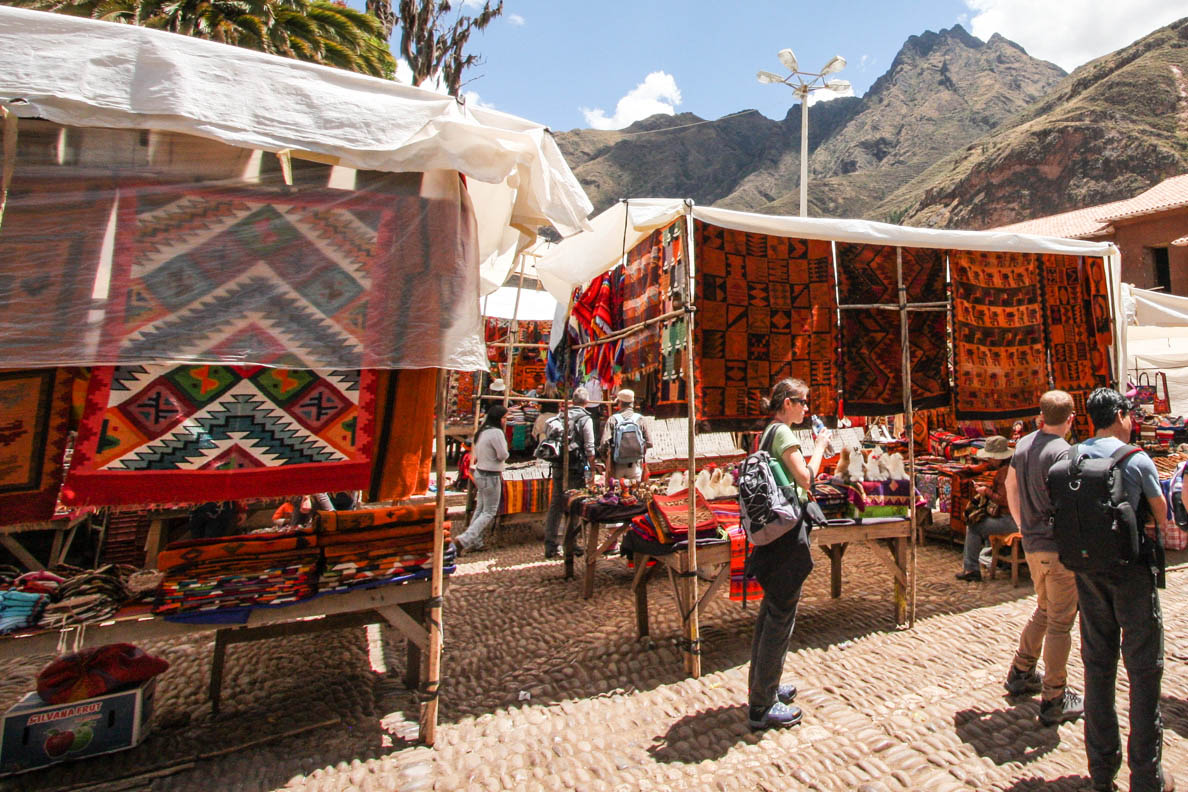
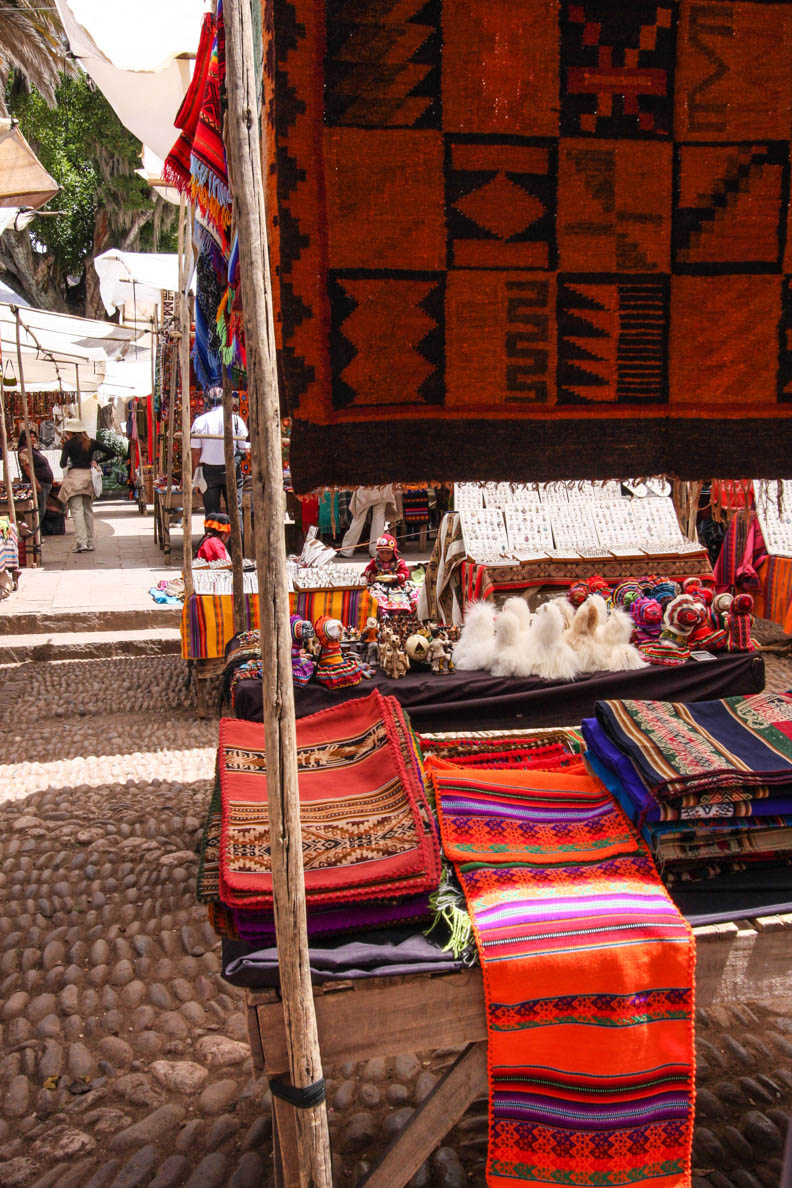
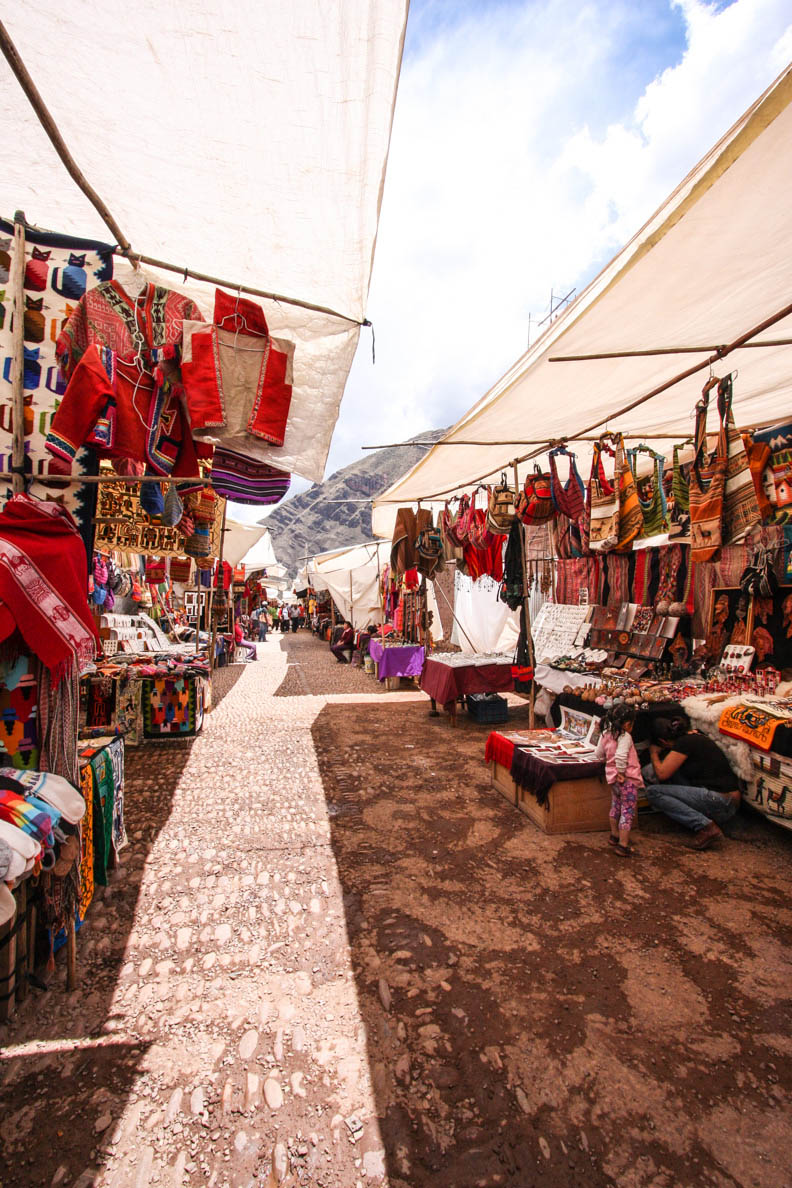
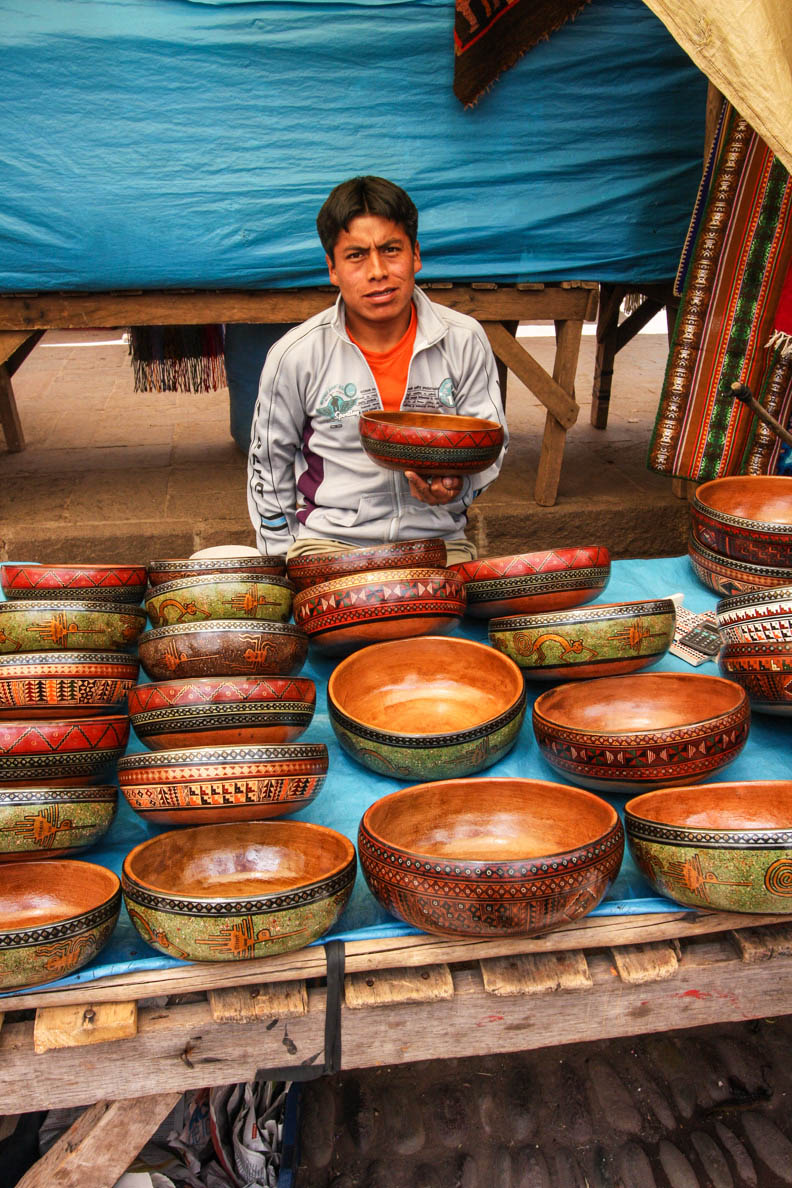
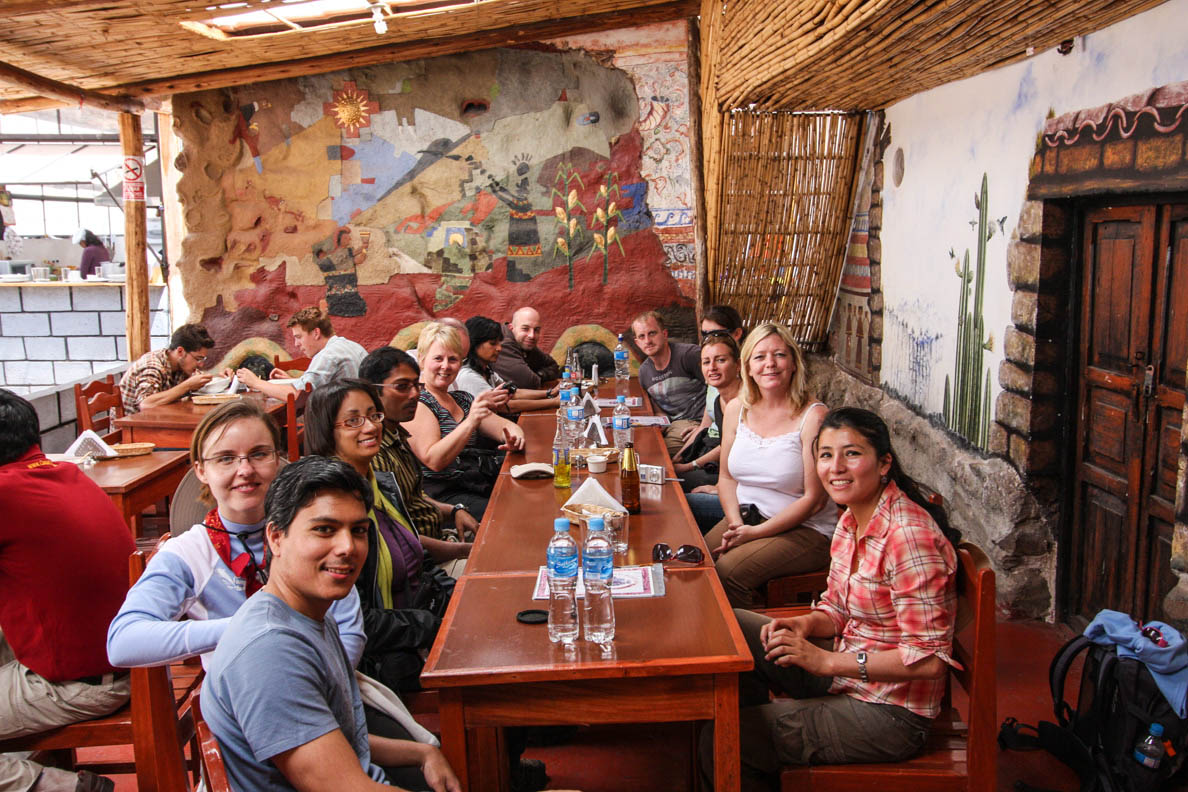
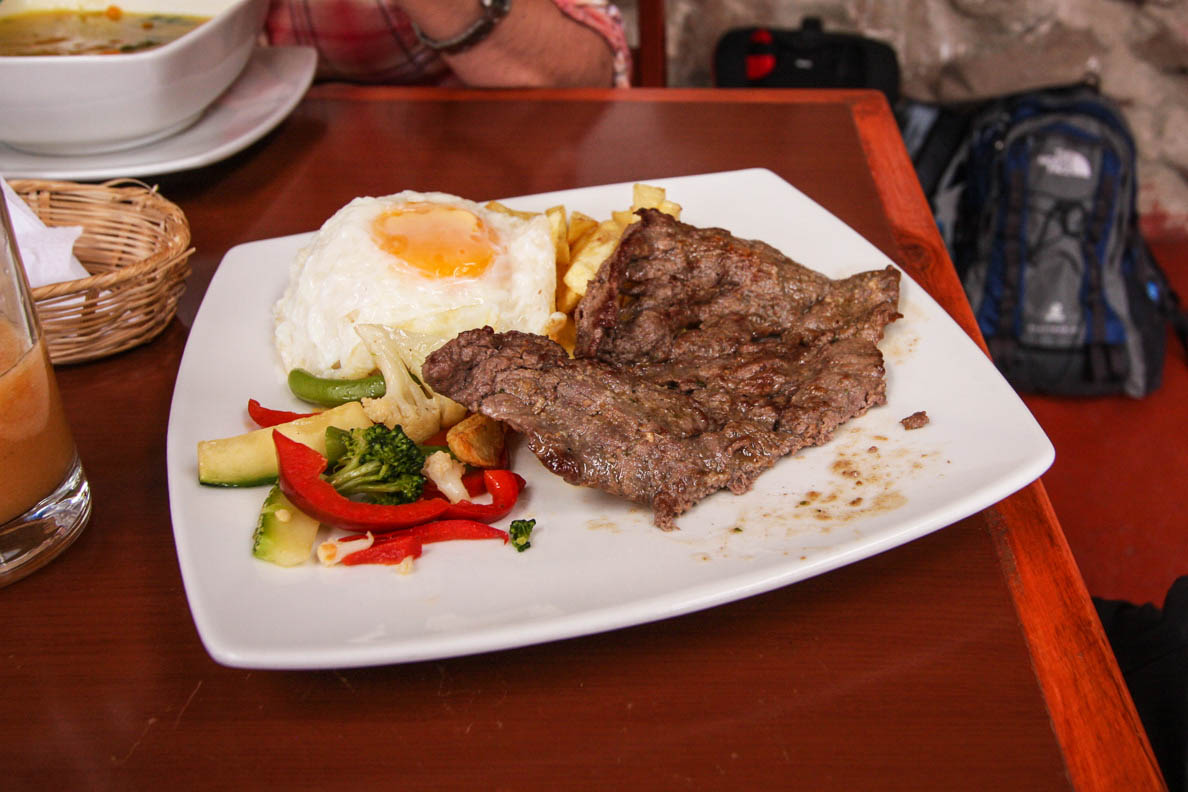
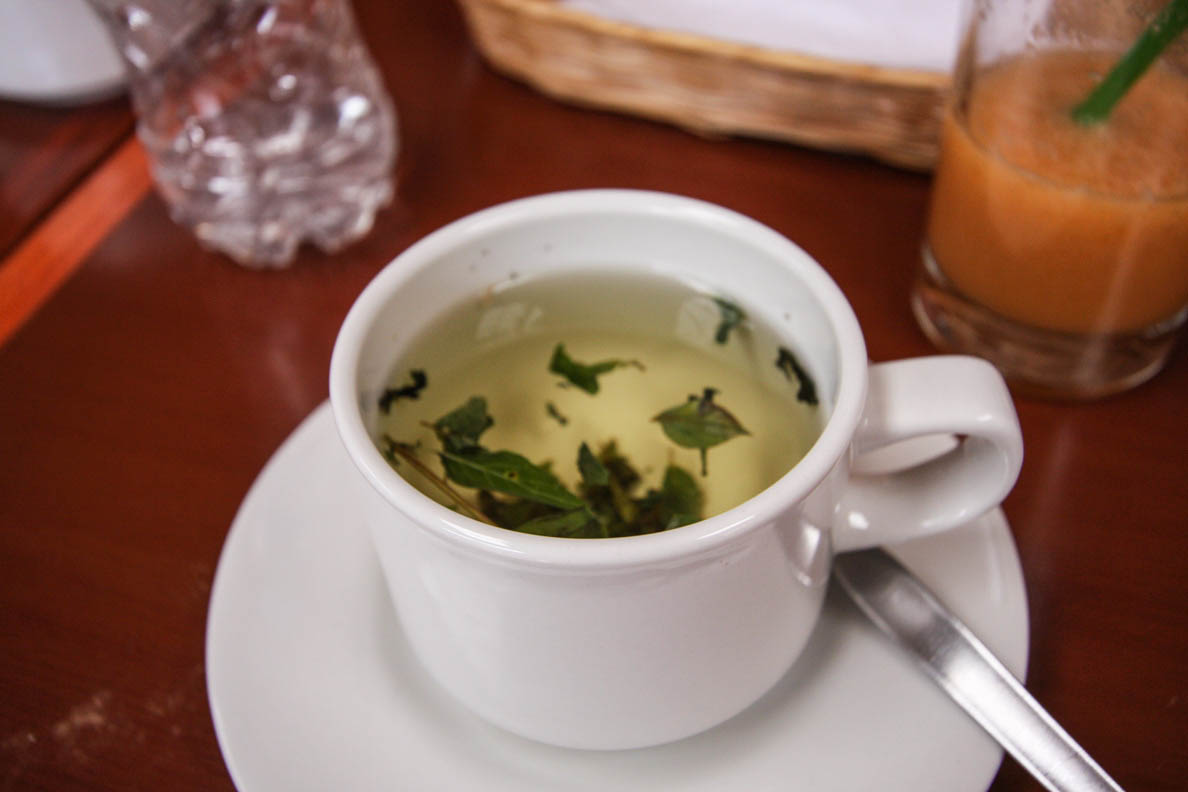
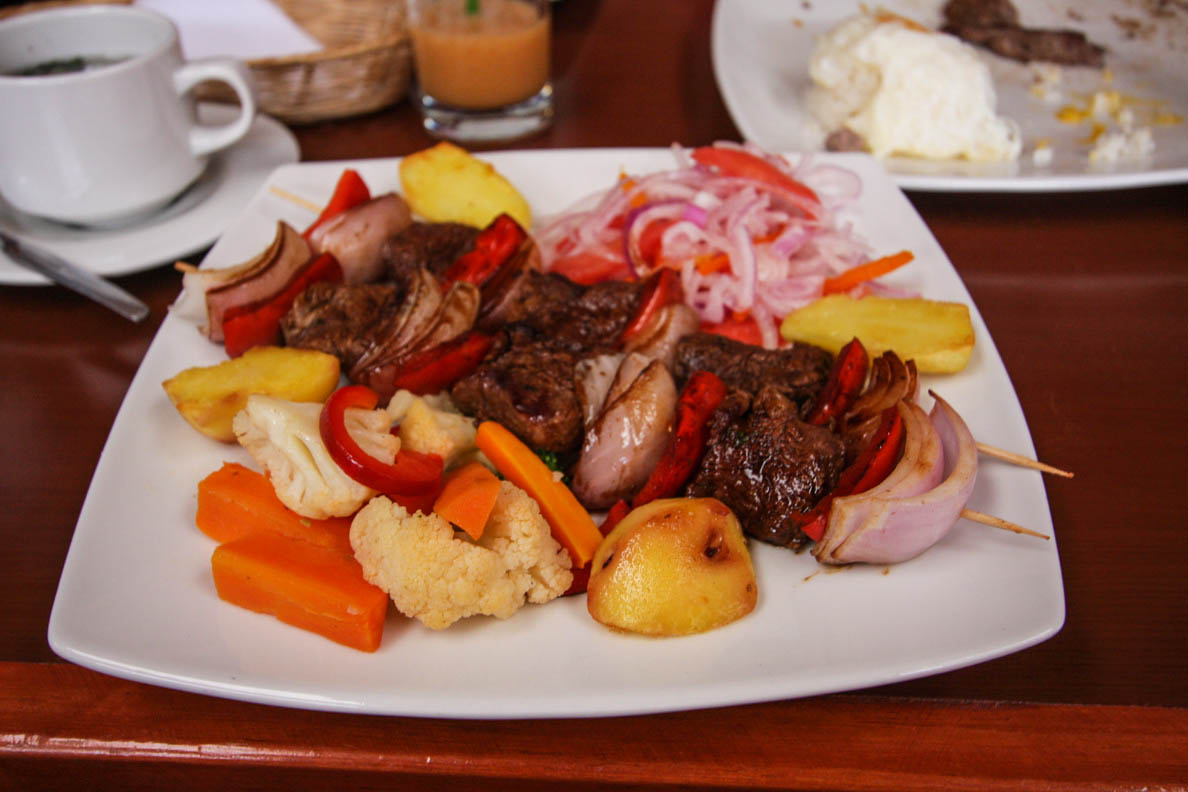
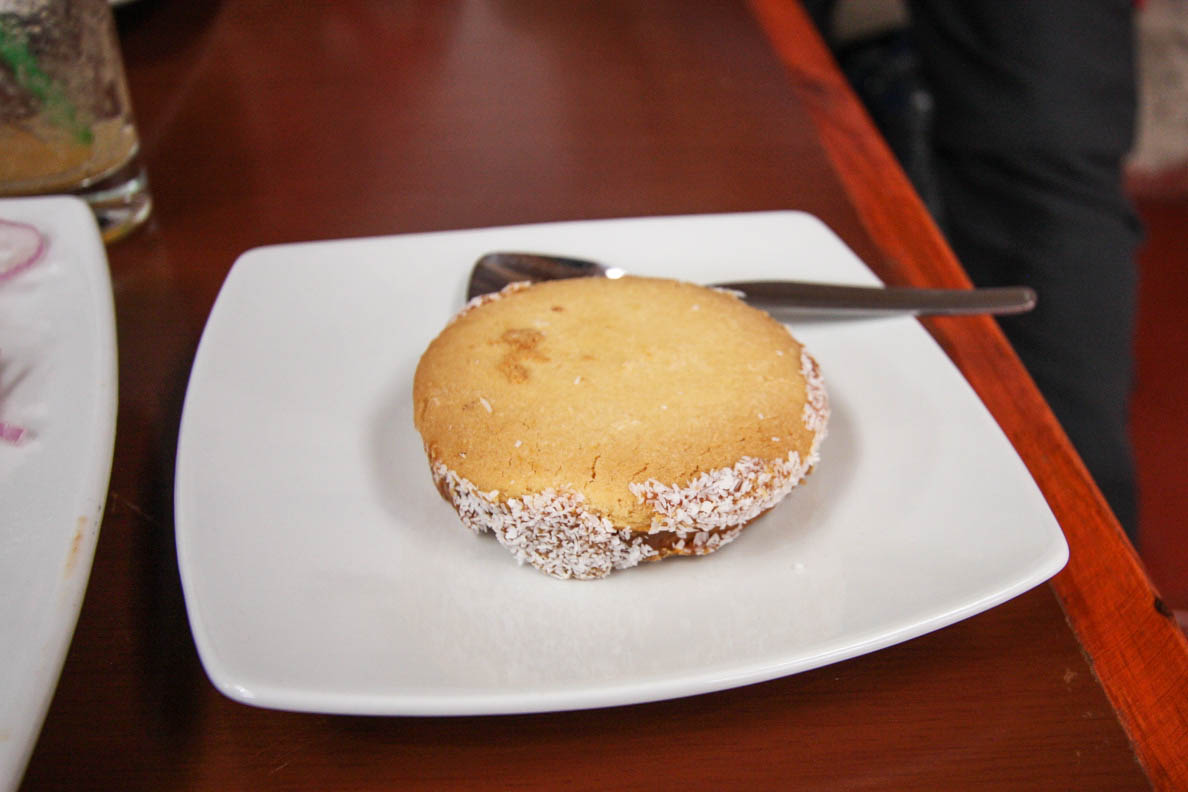
Did you know...
The Incas were amazing farmers. Their mastery of agriculture transformed the fertile lands with terracing hilltops and irrigation canals. With their skills in keeping the soil rich and fruitful they grew such crops as potato, corn, coca, beans, quinoa, grains, tomato and many more.
